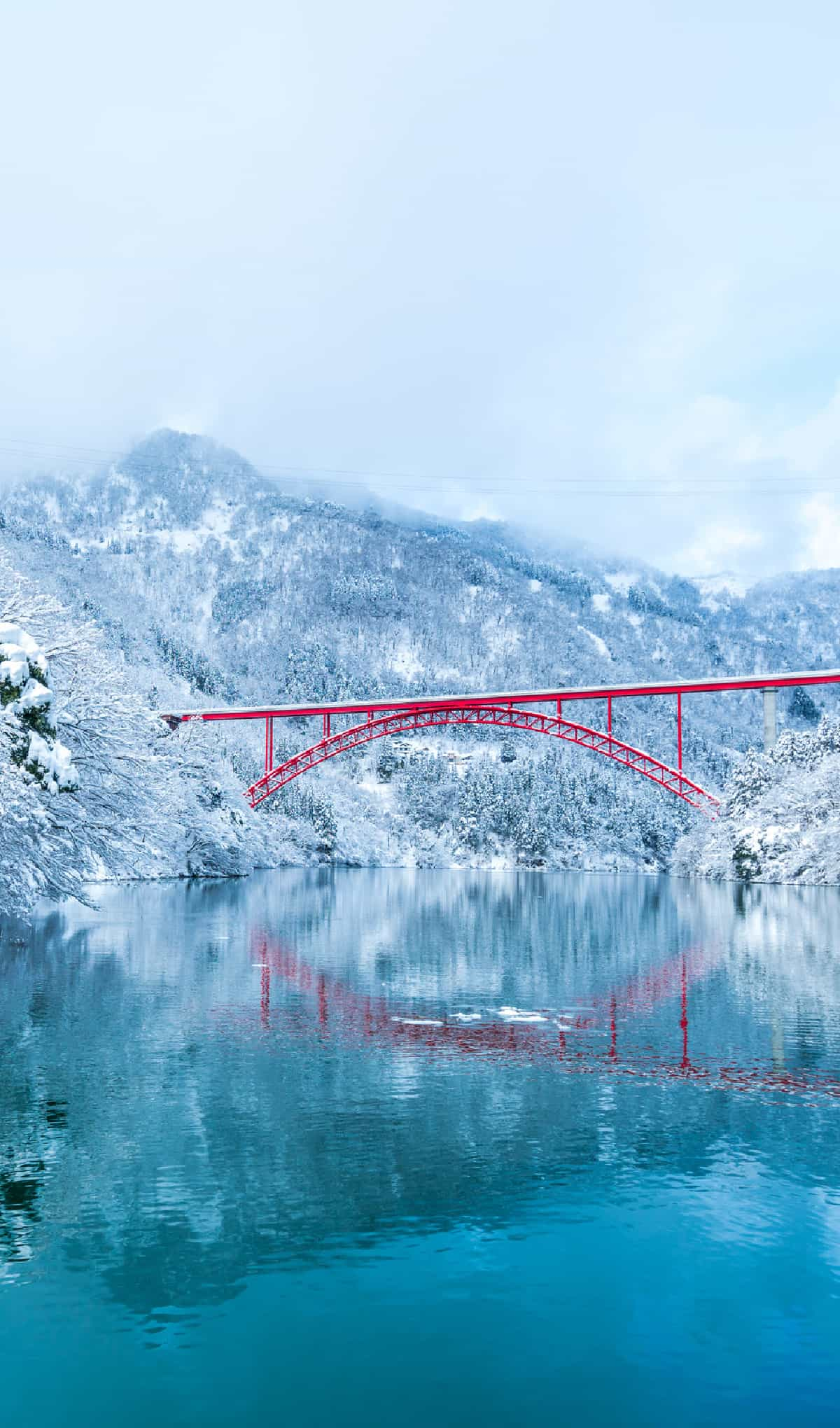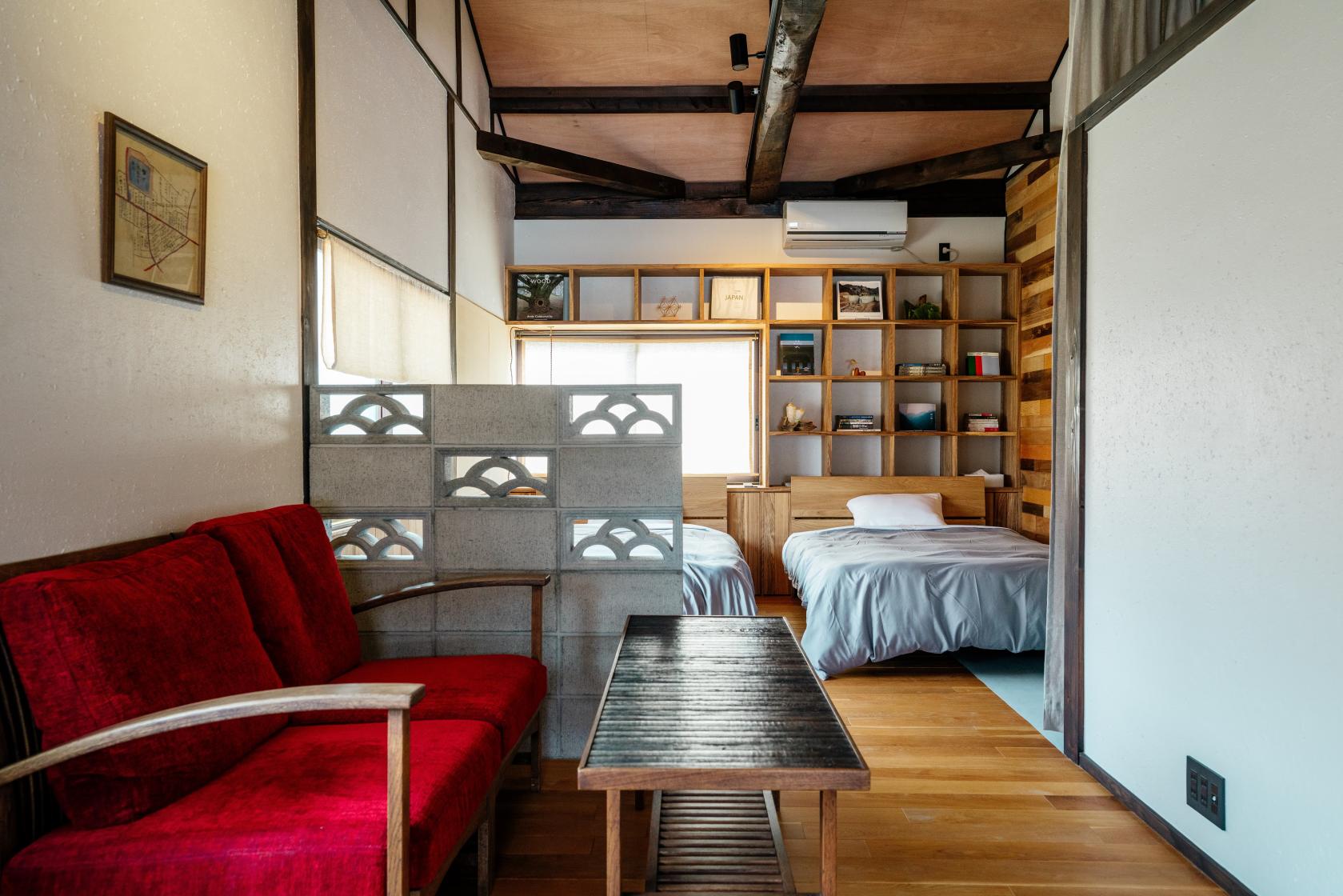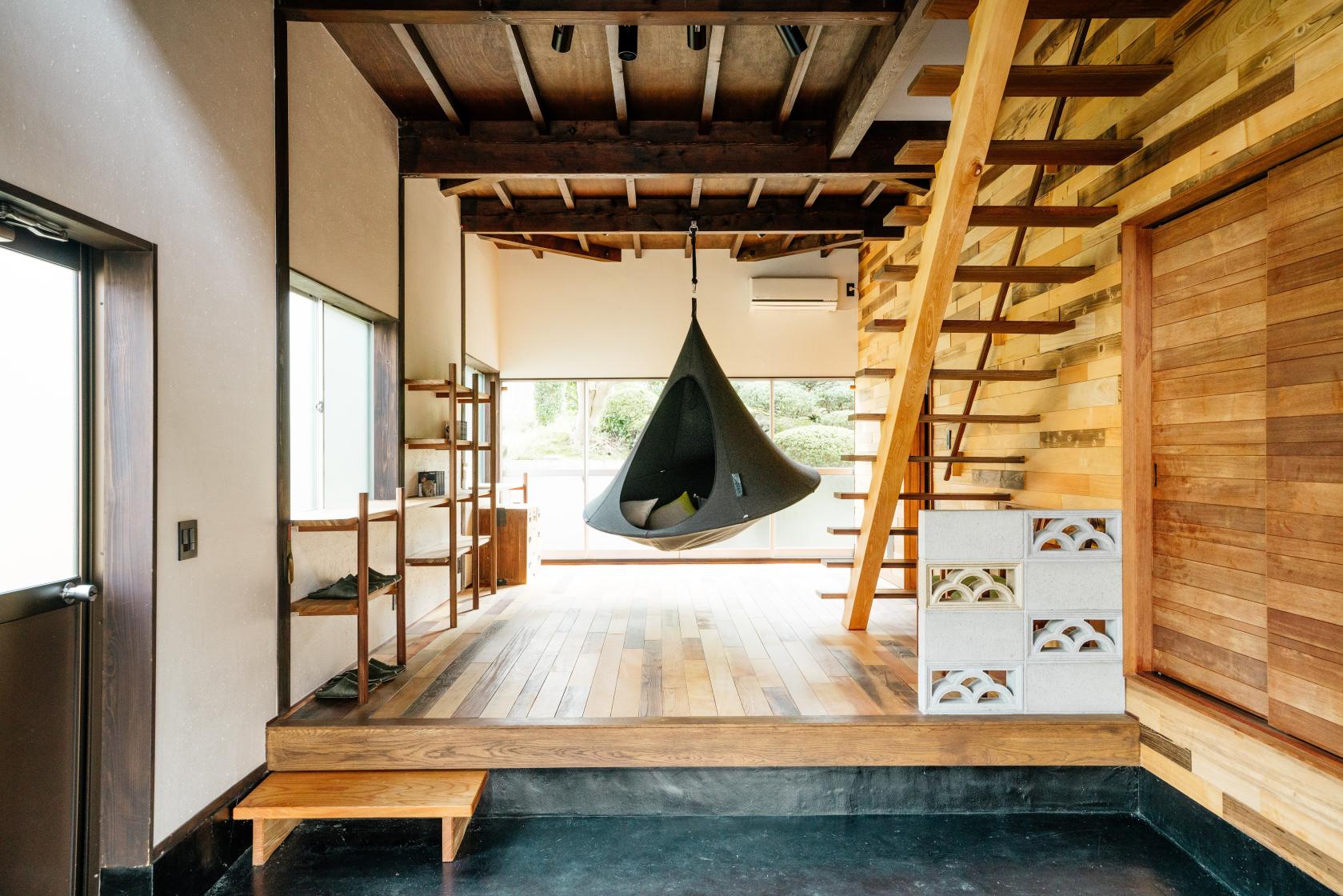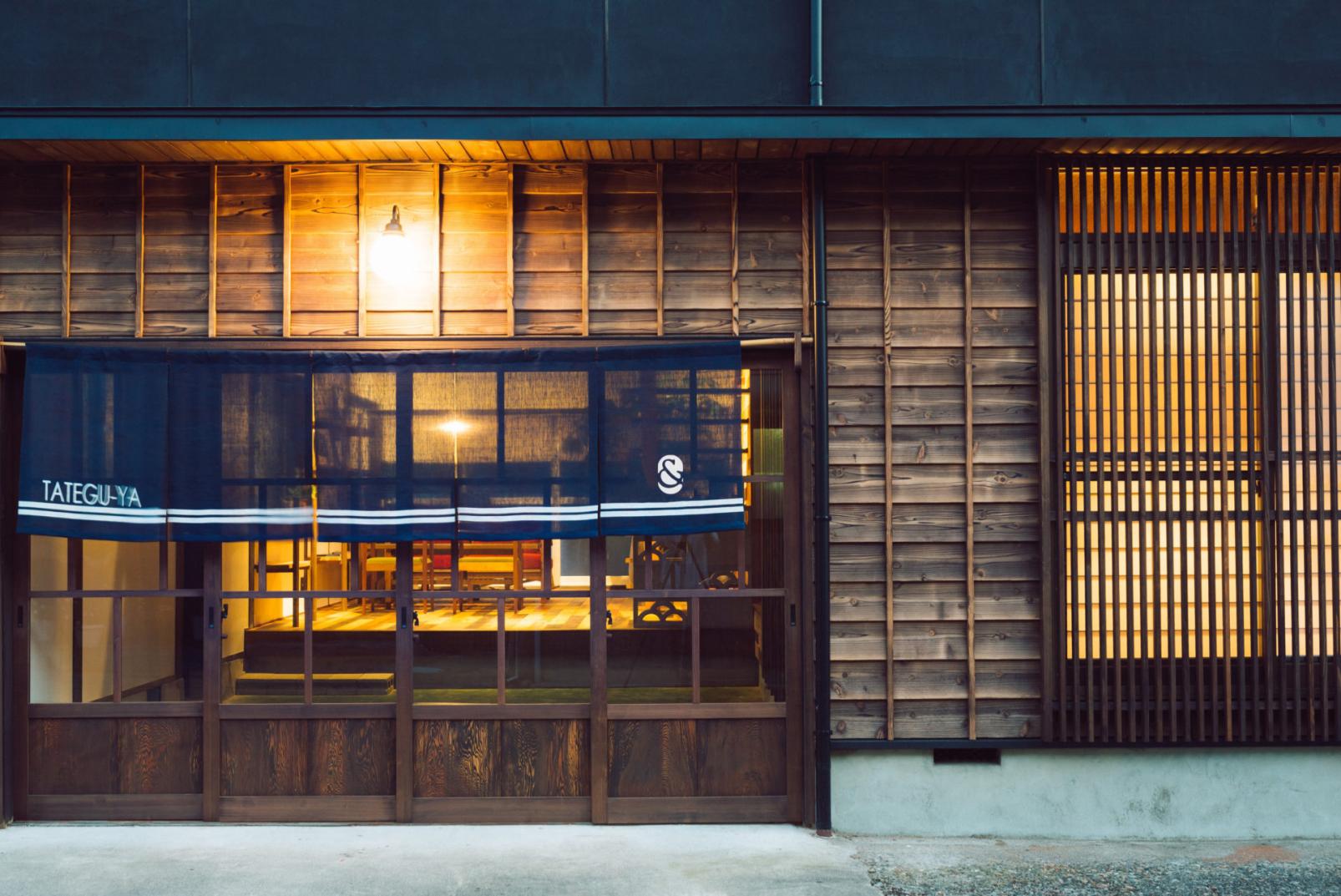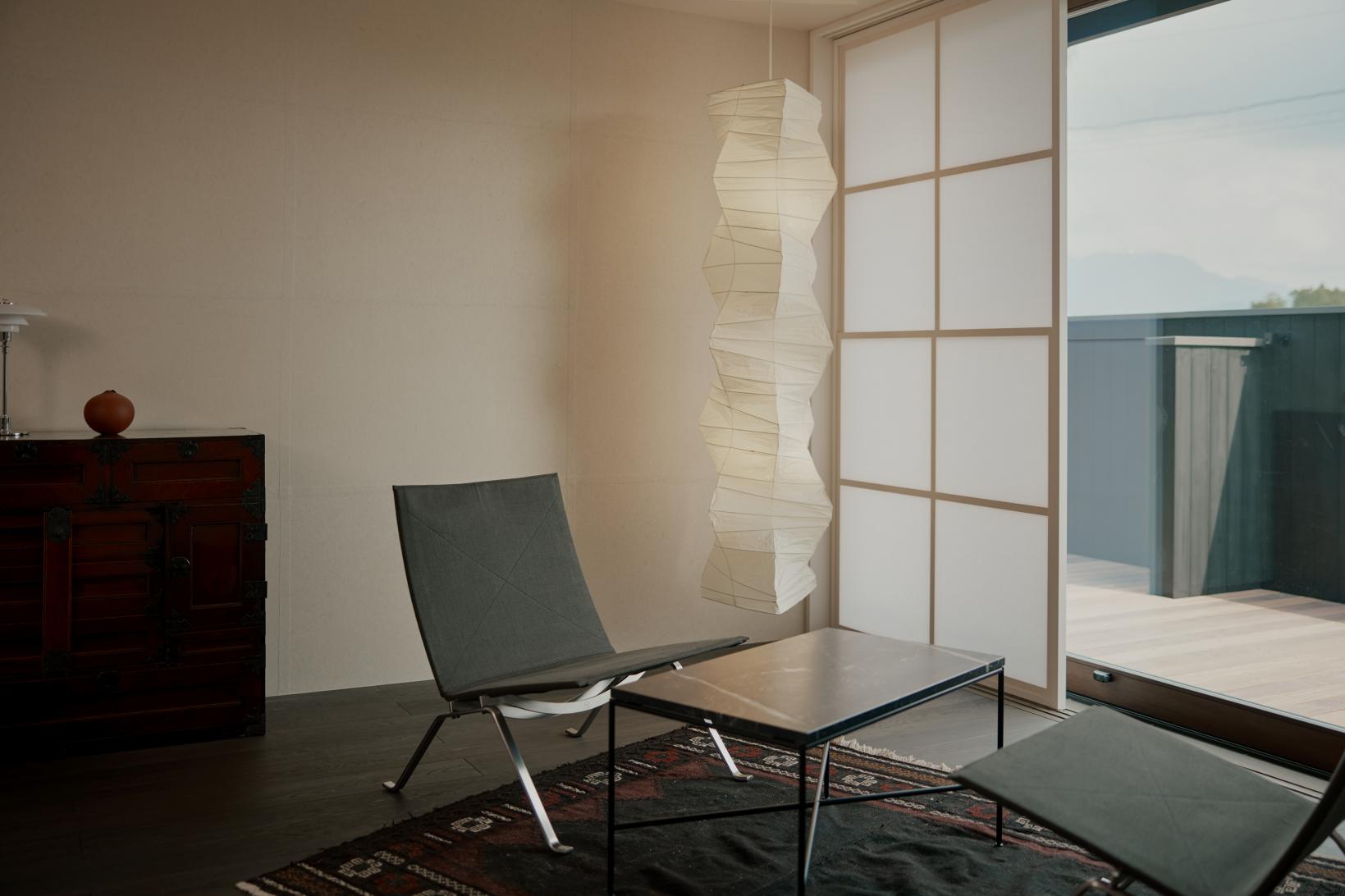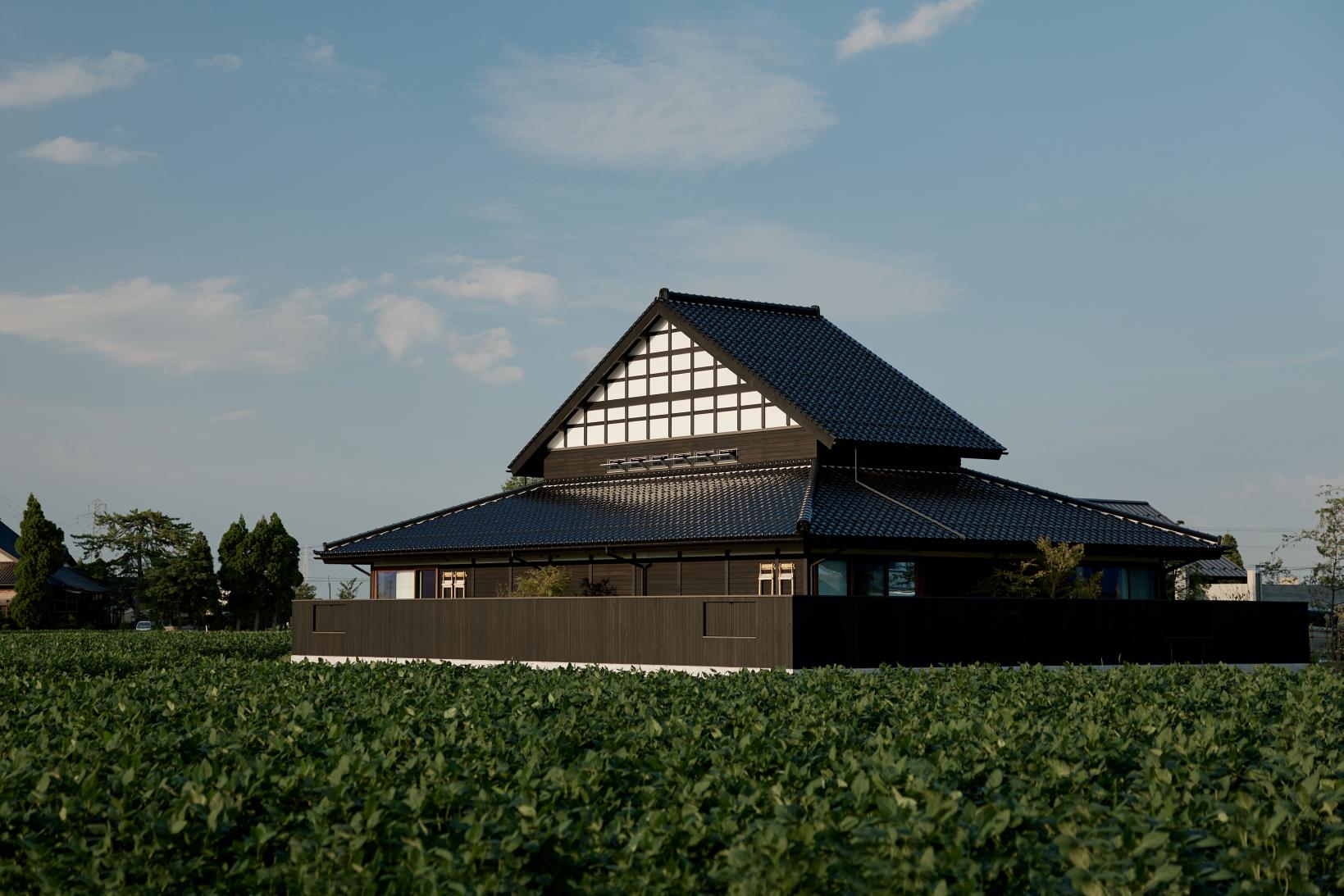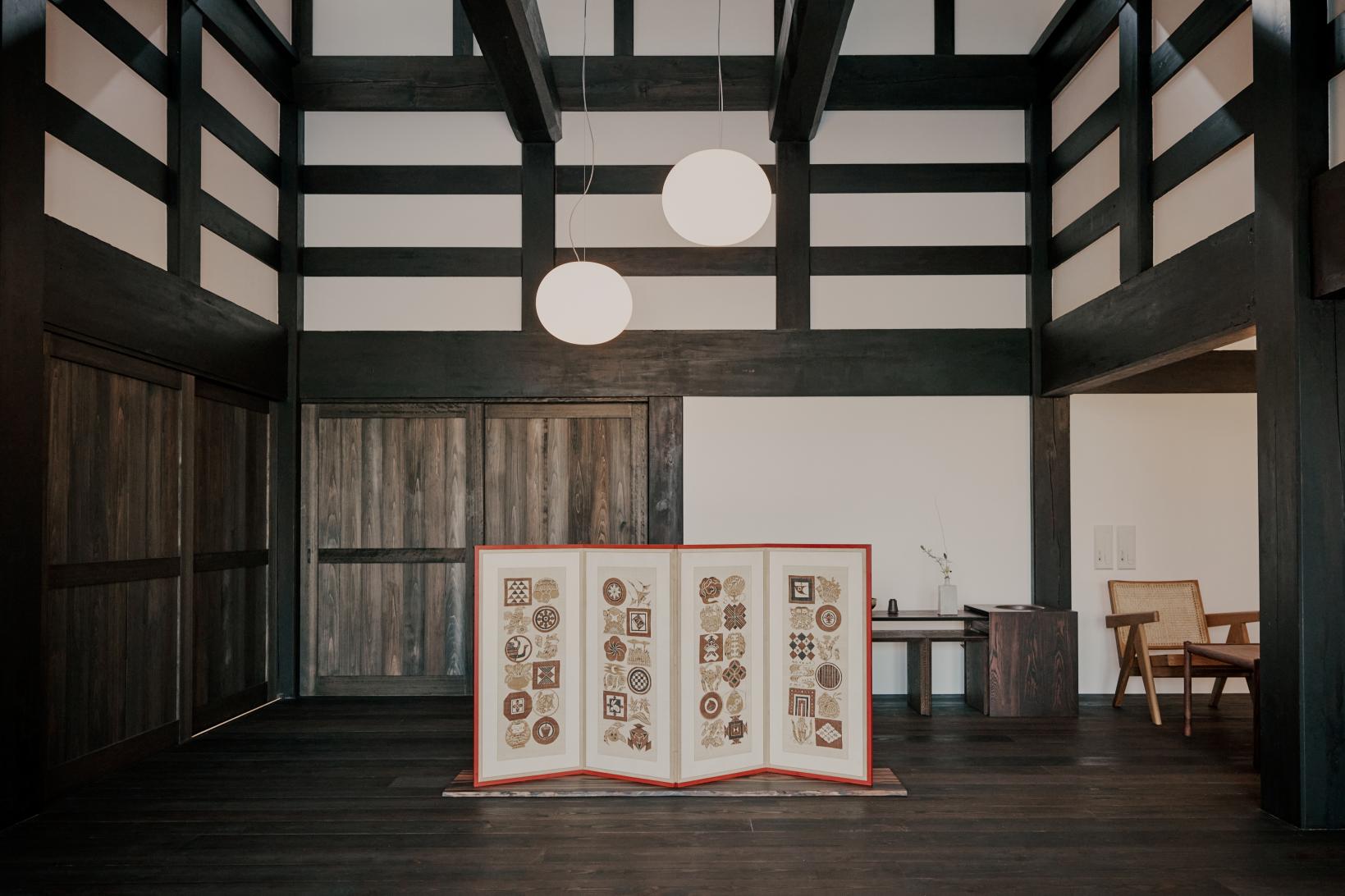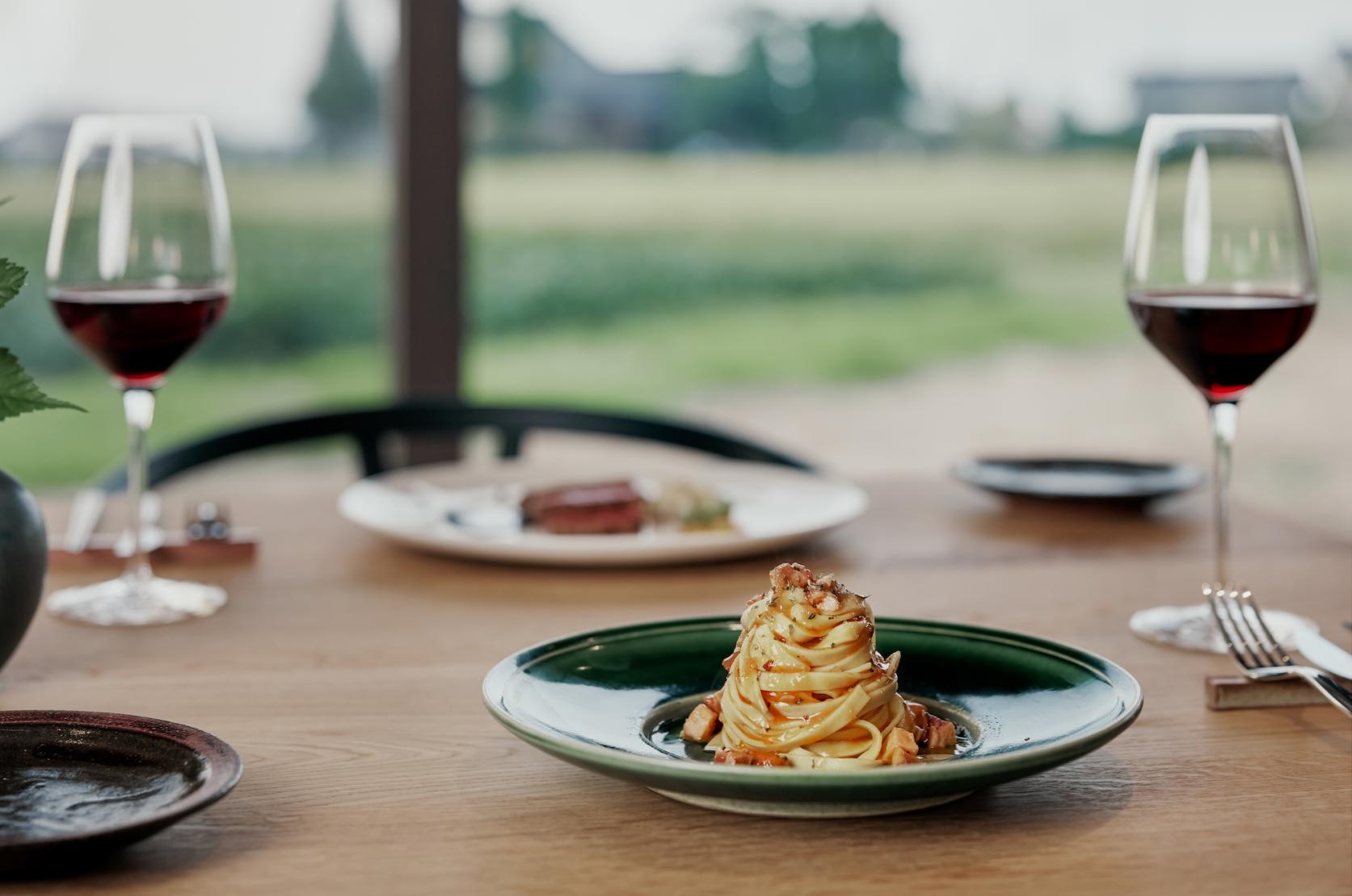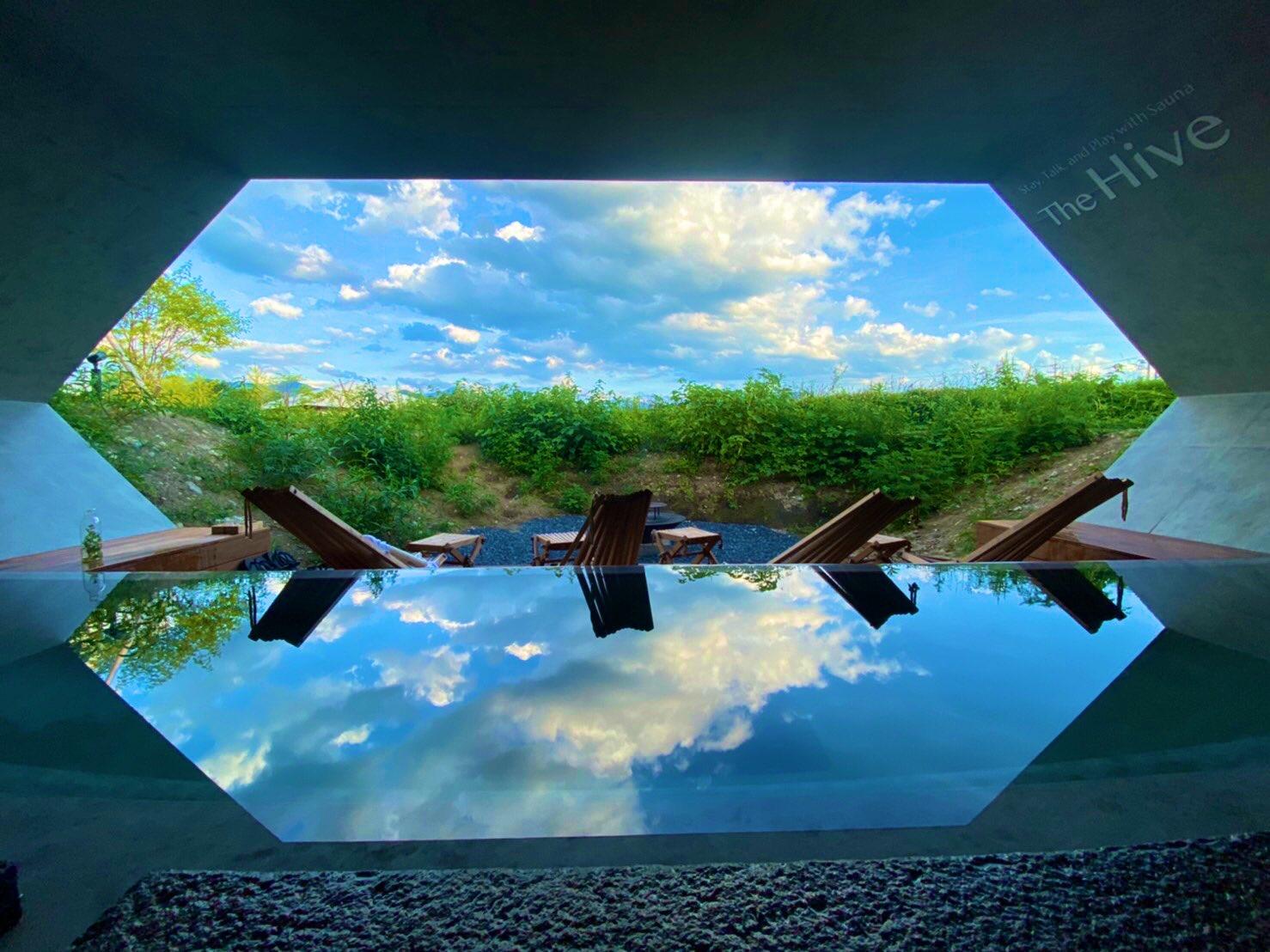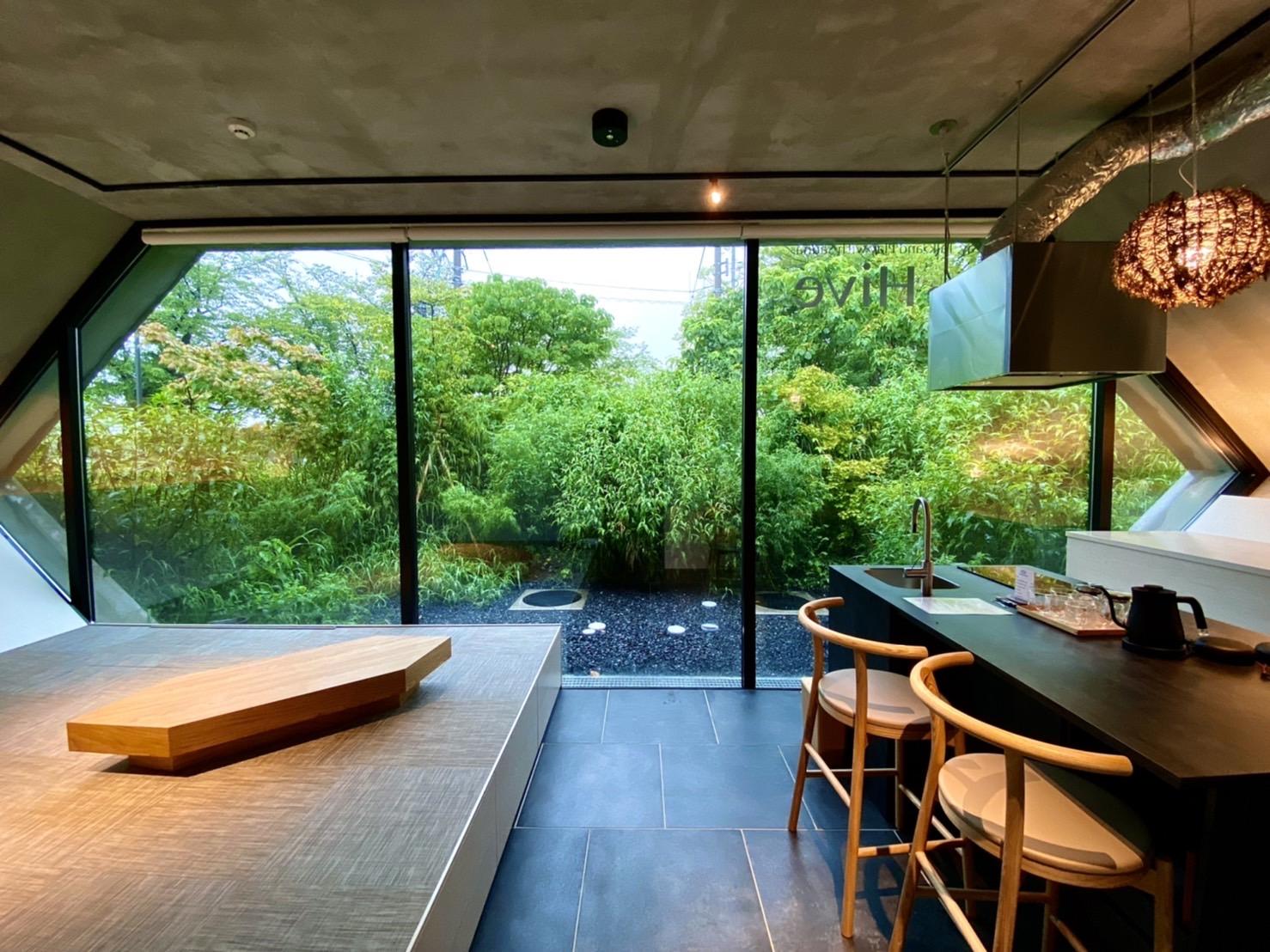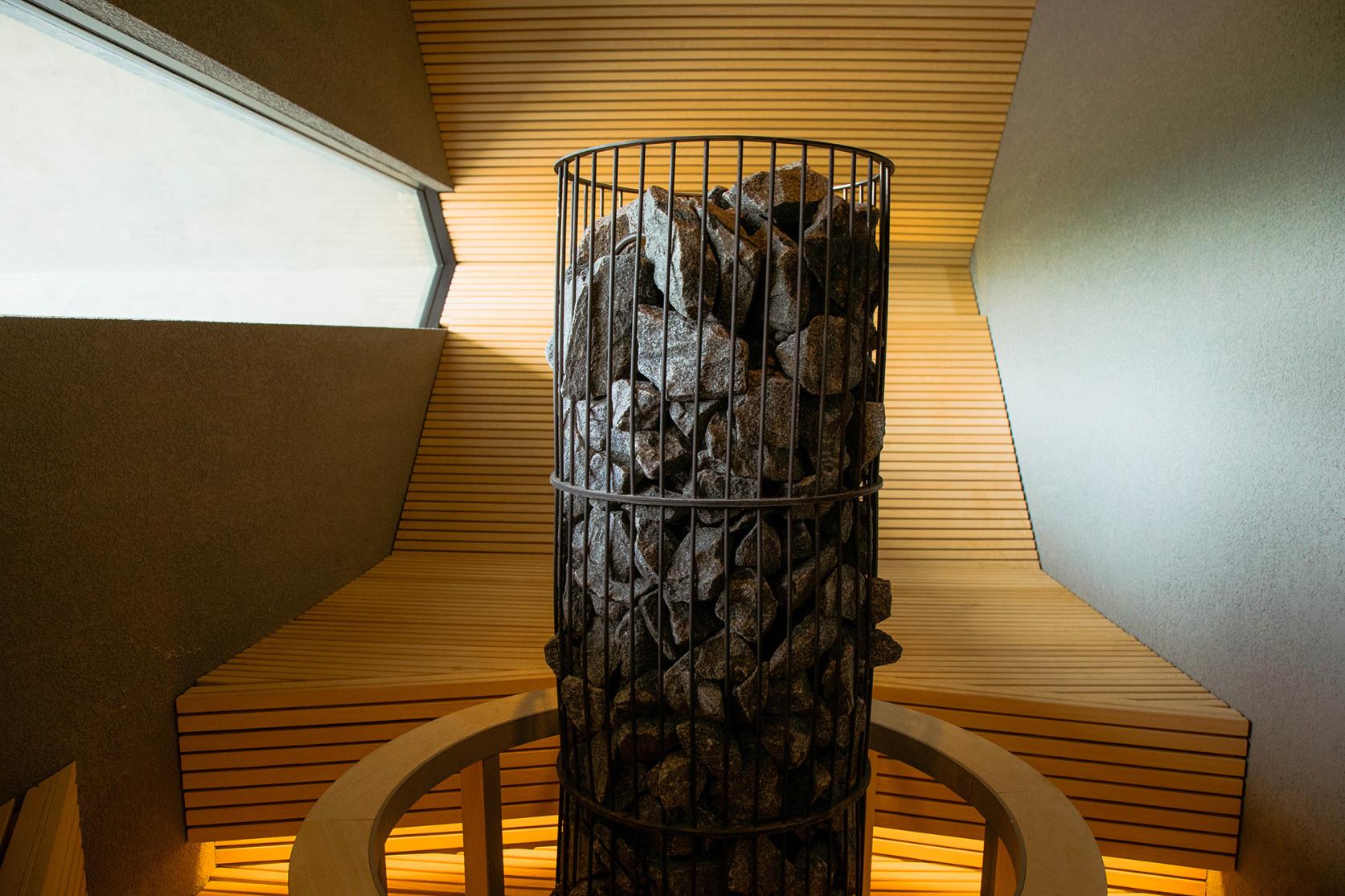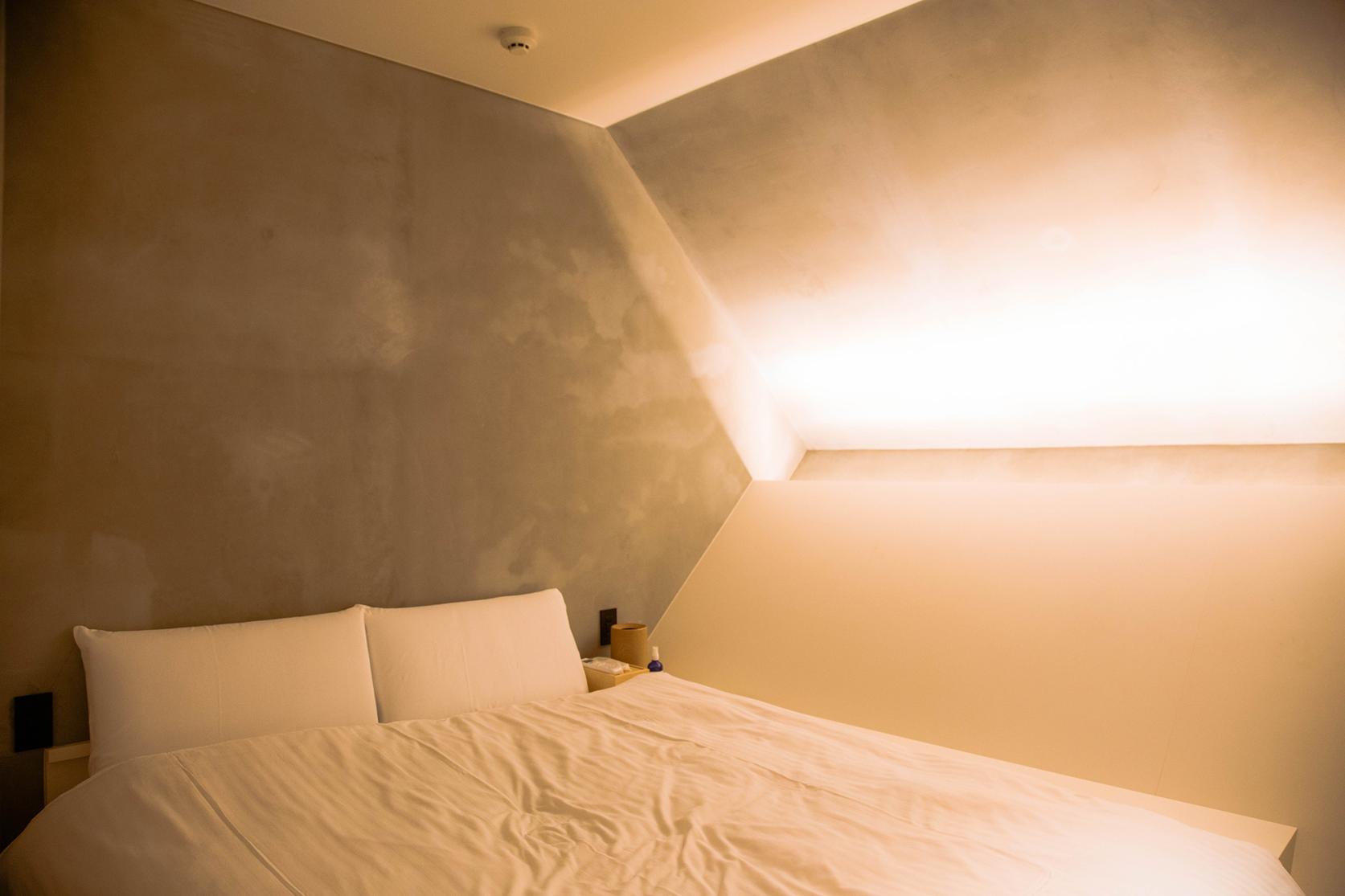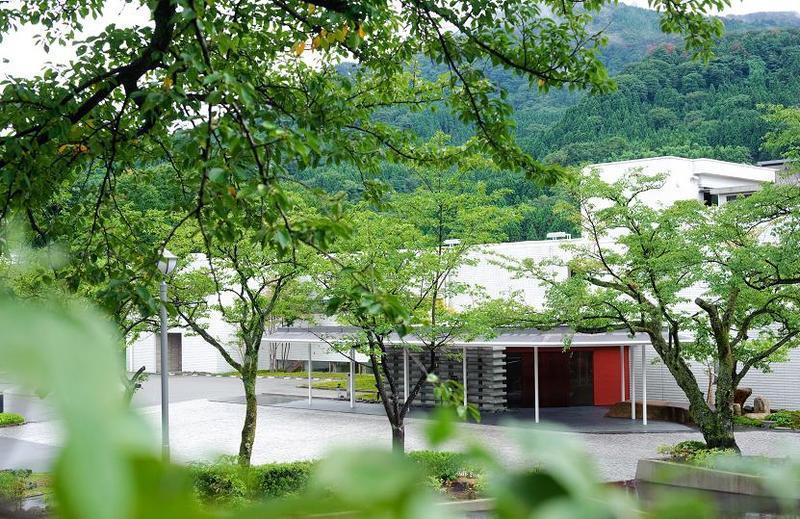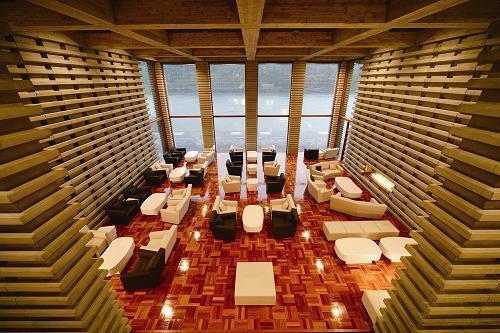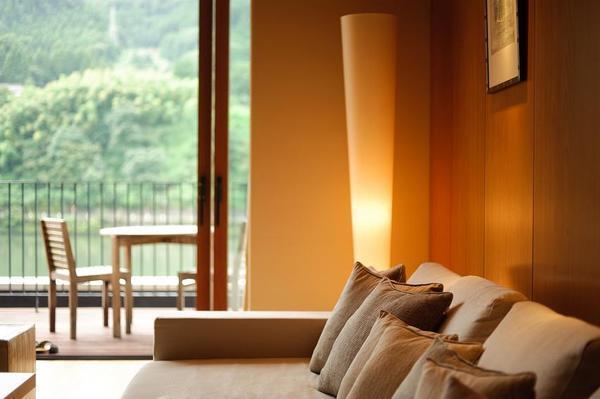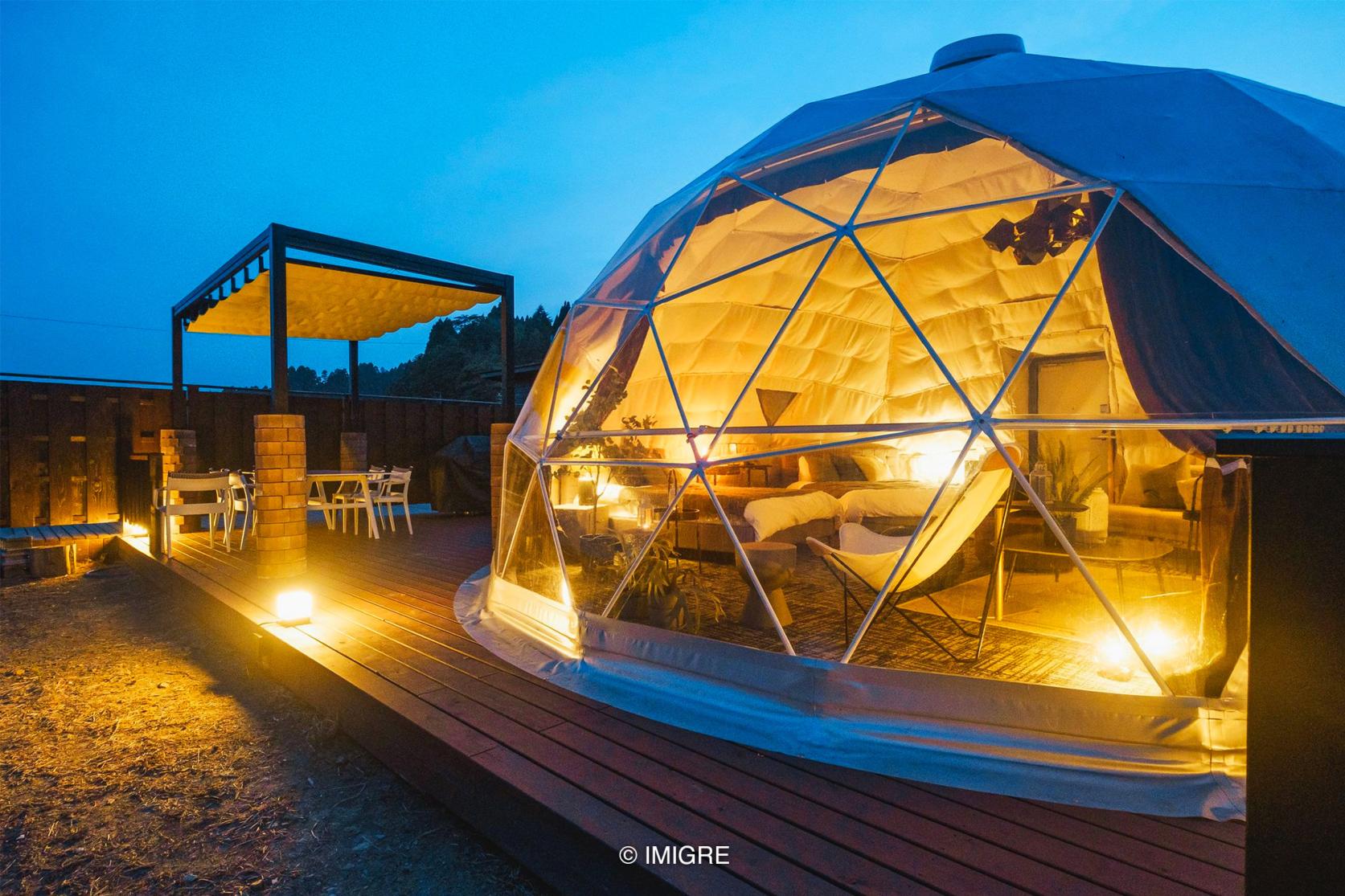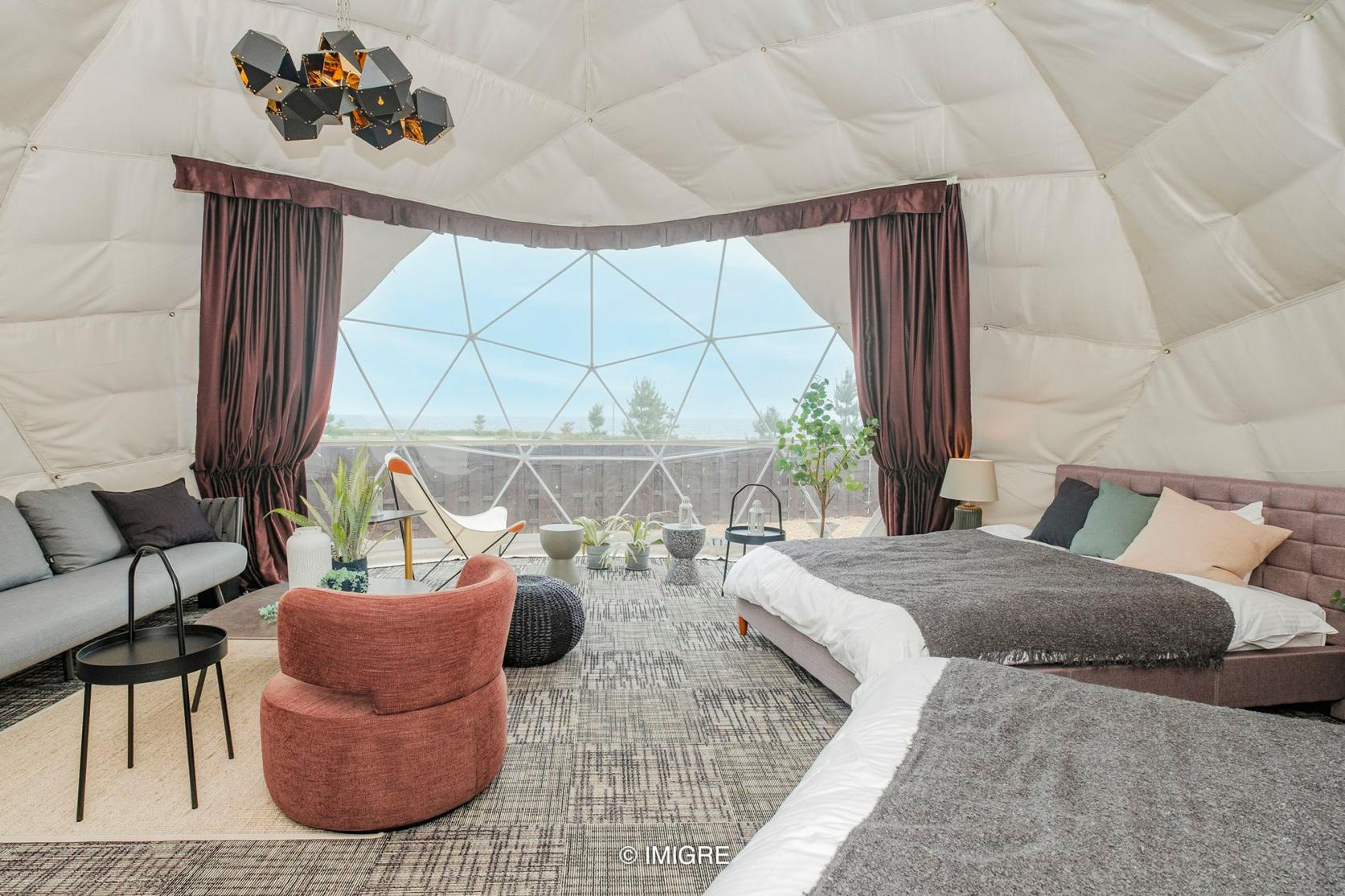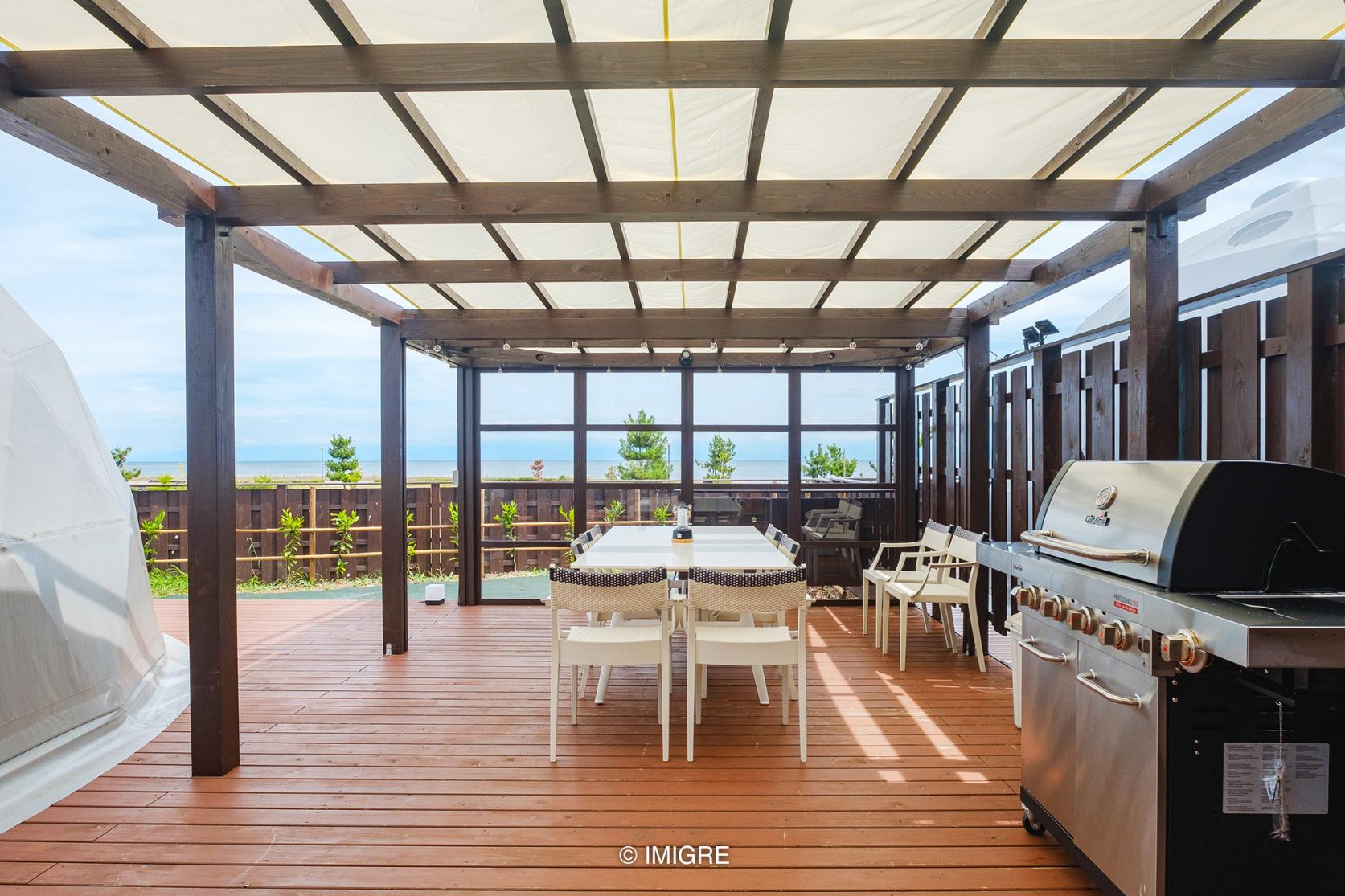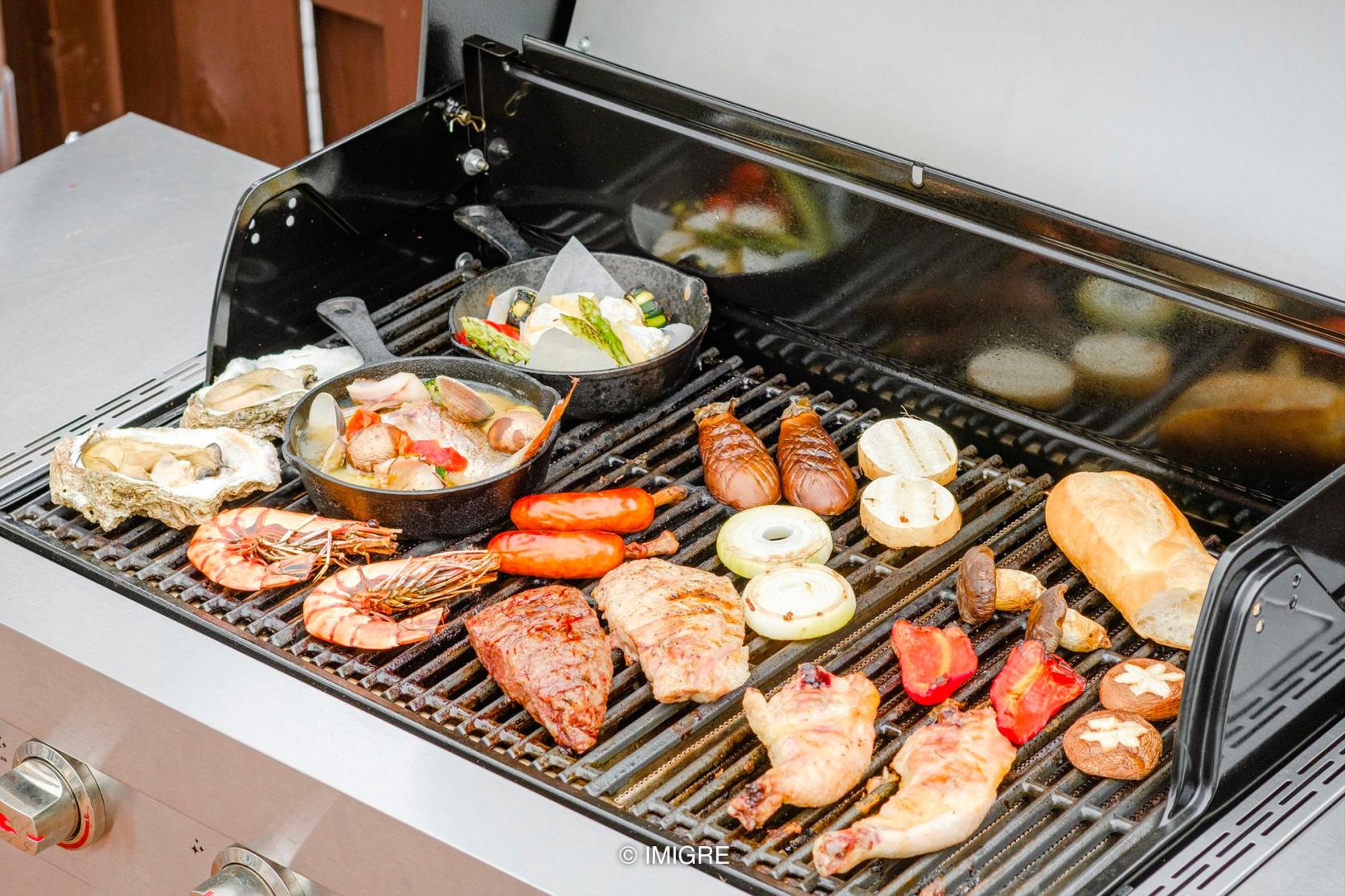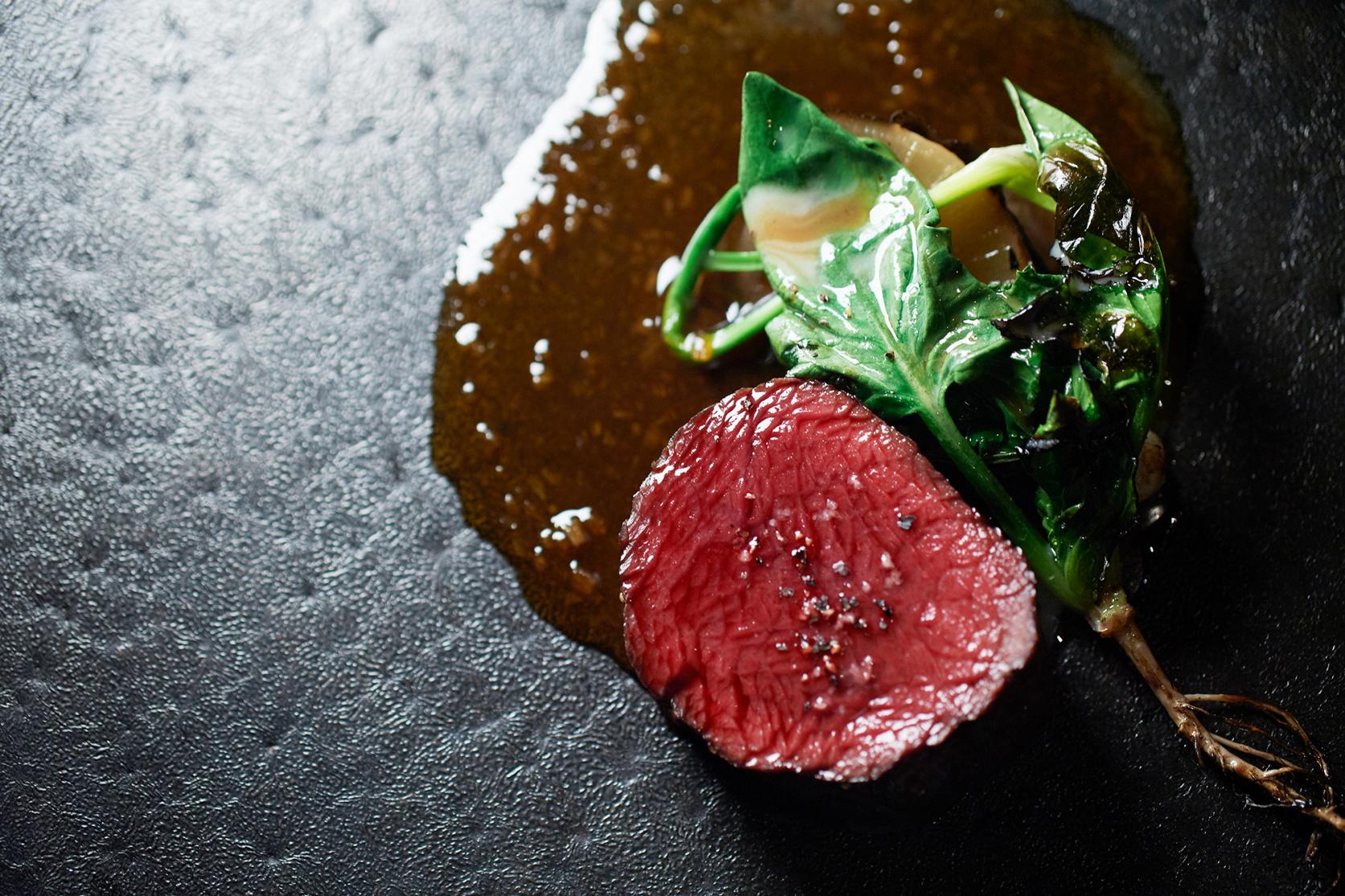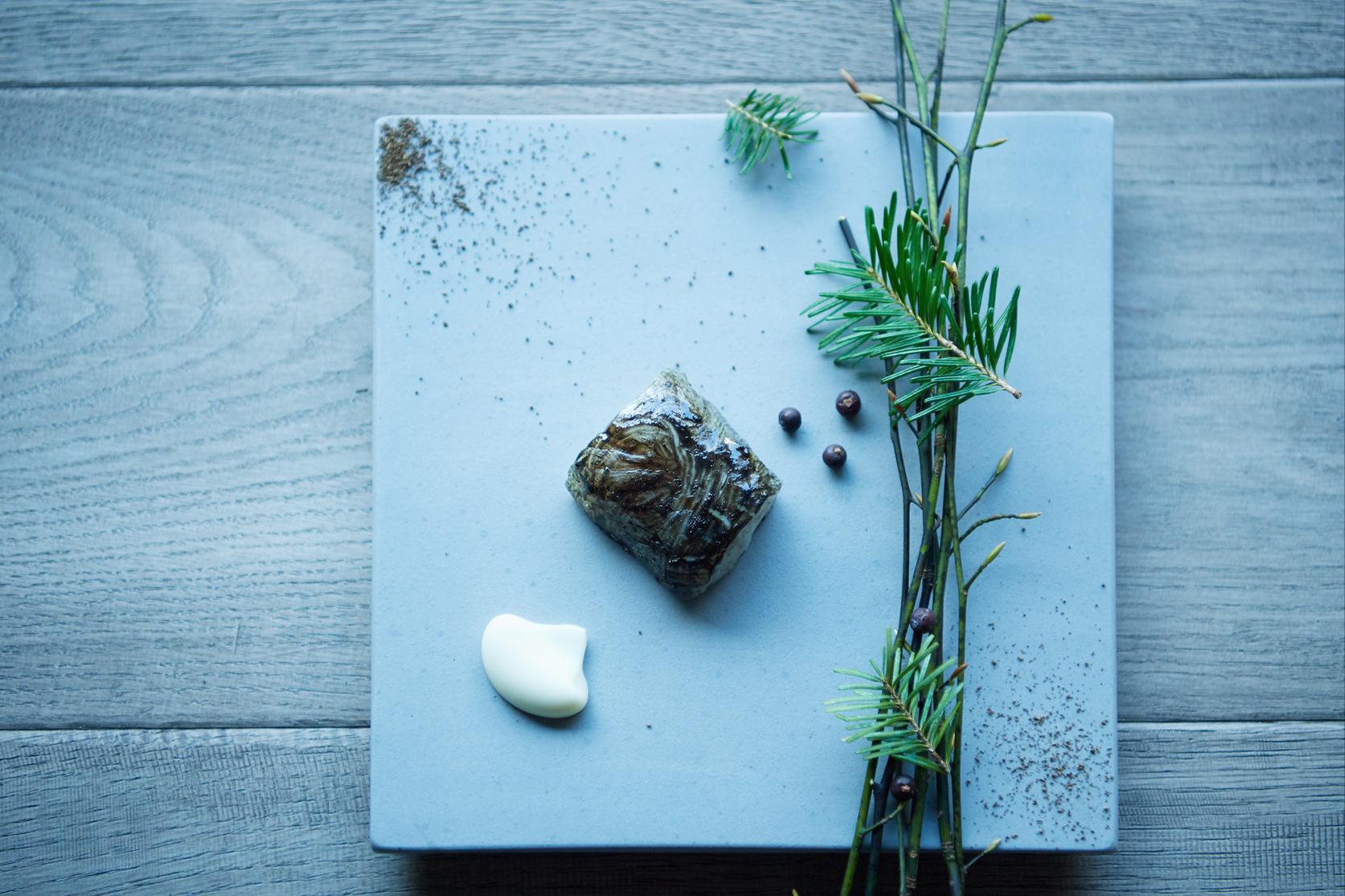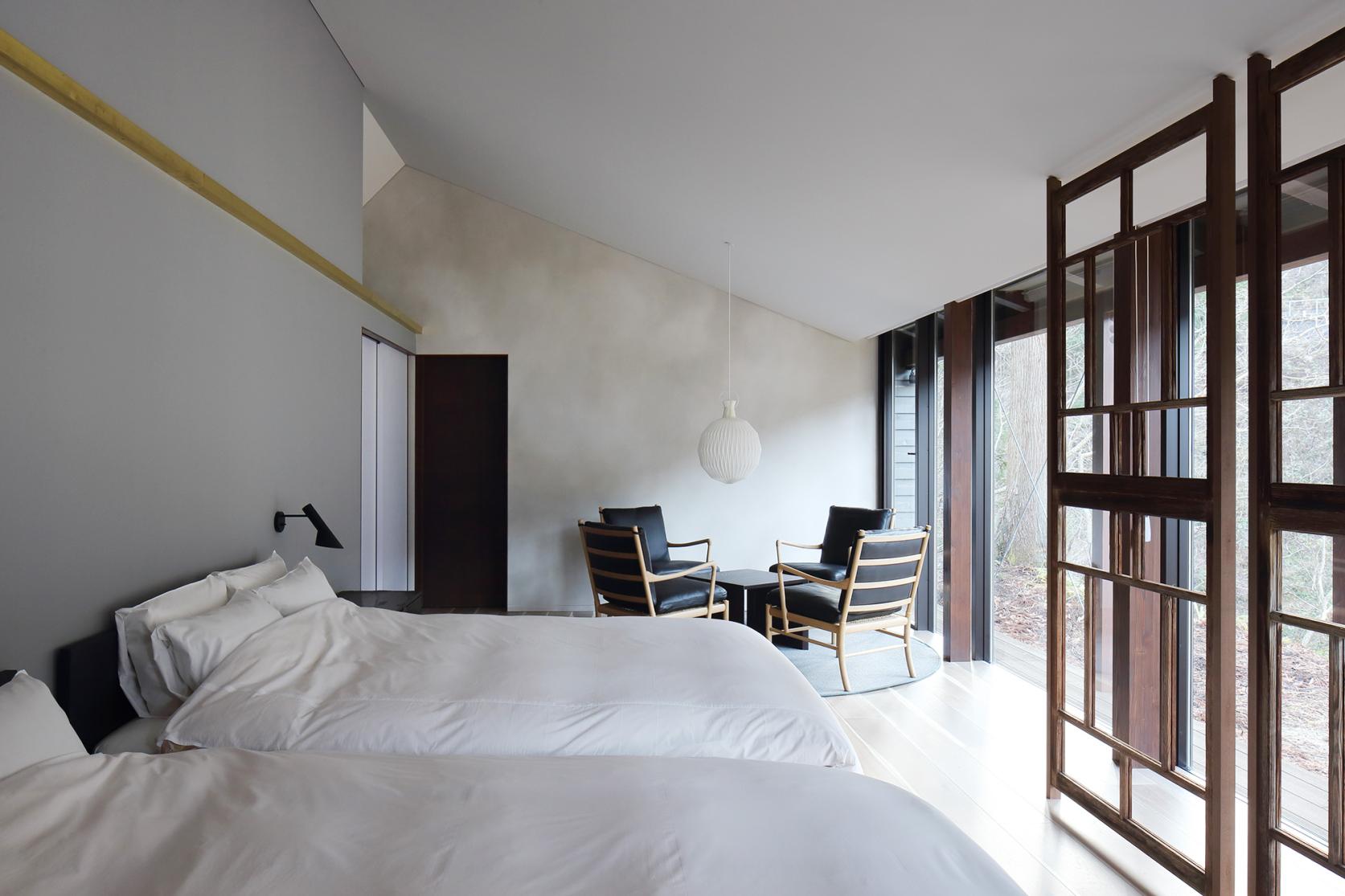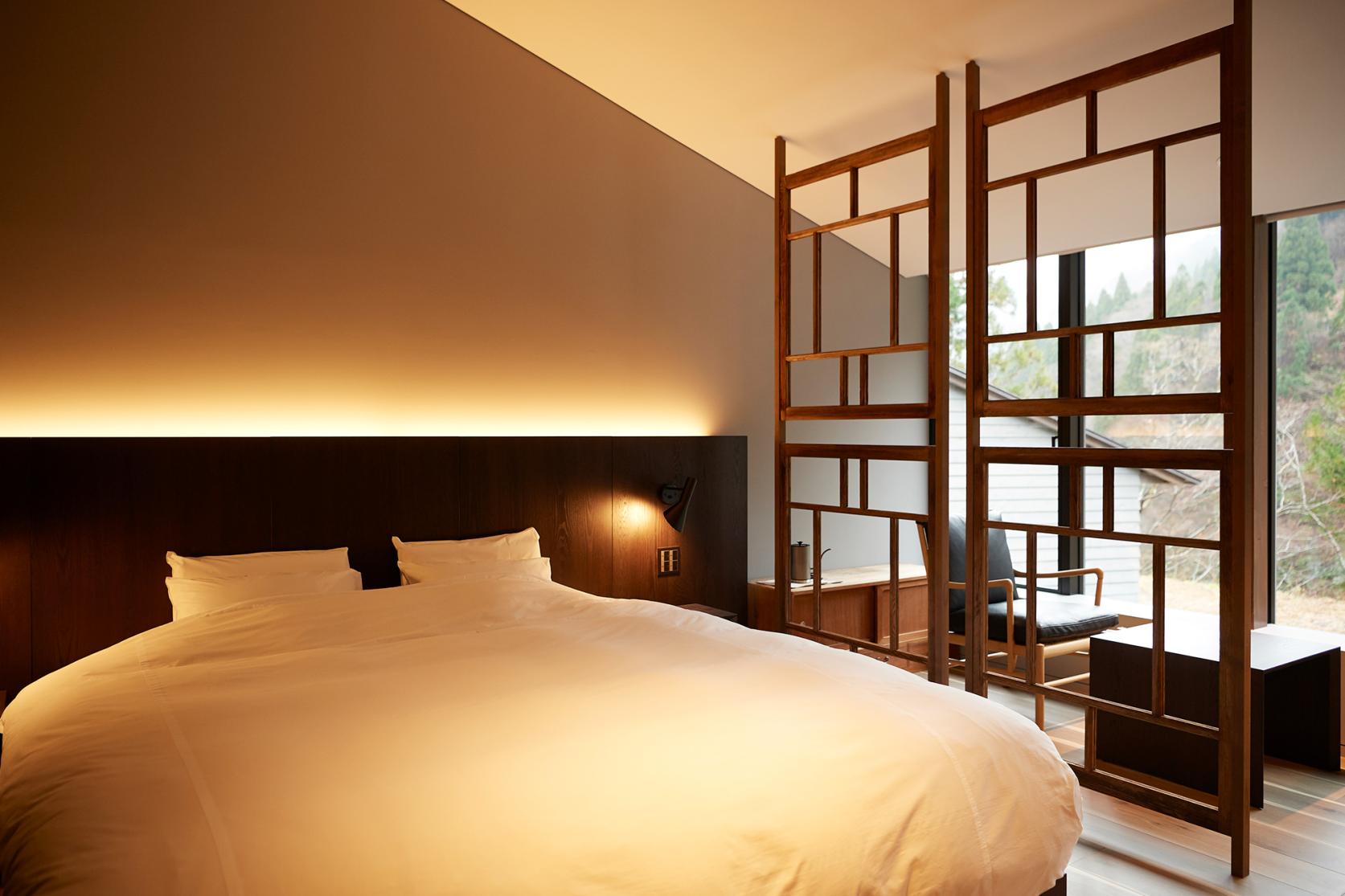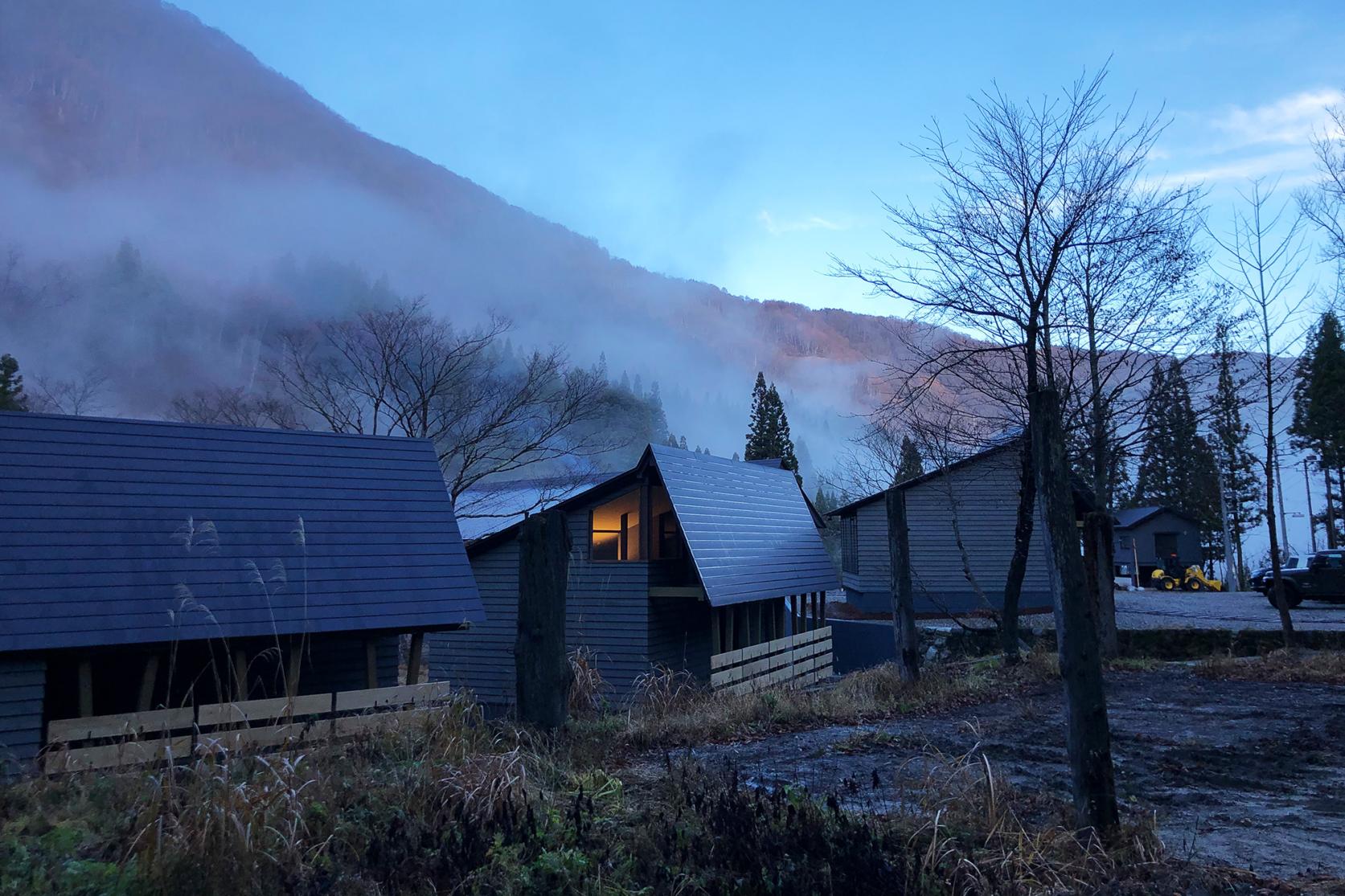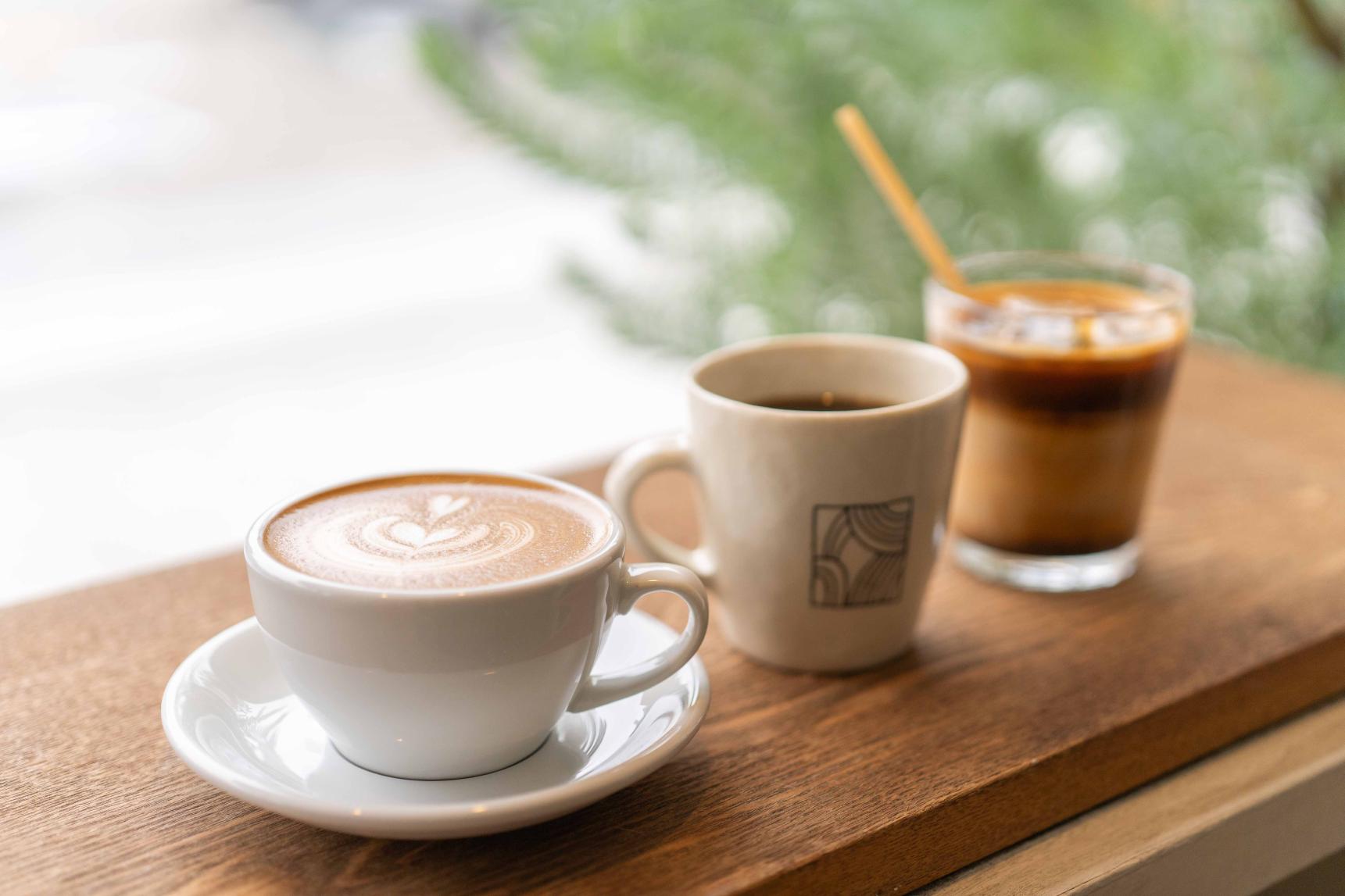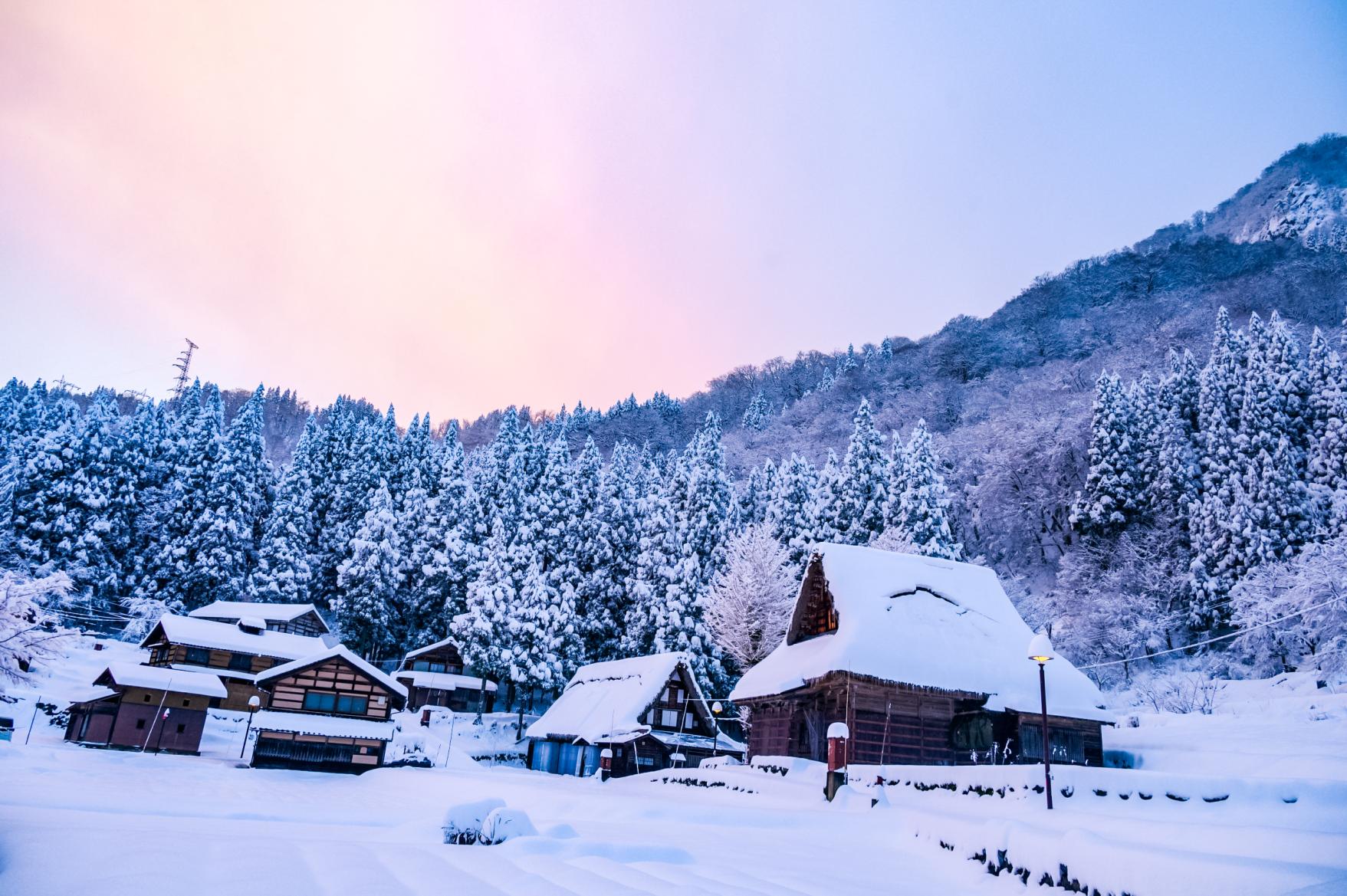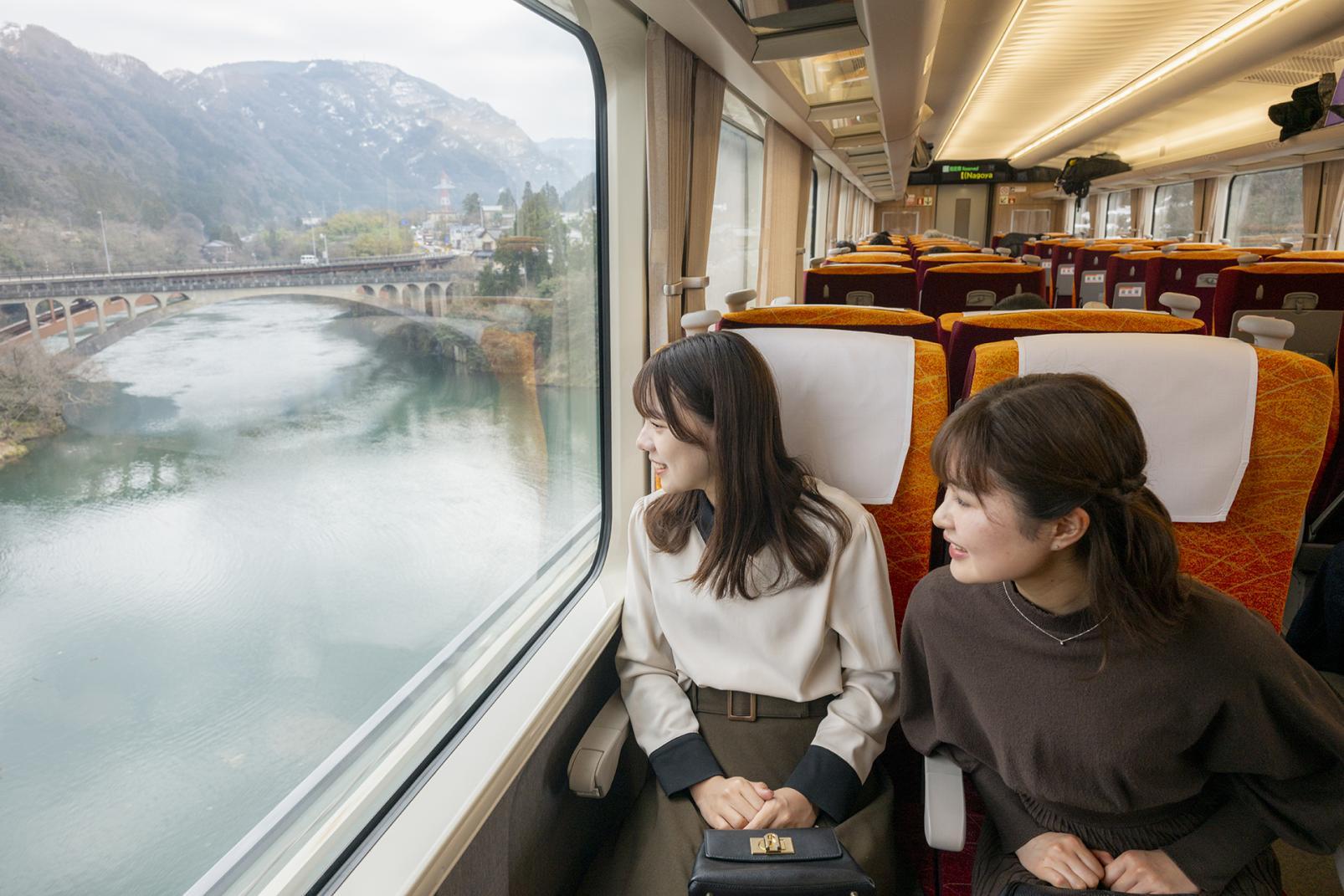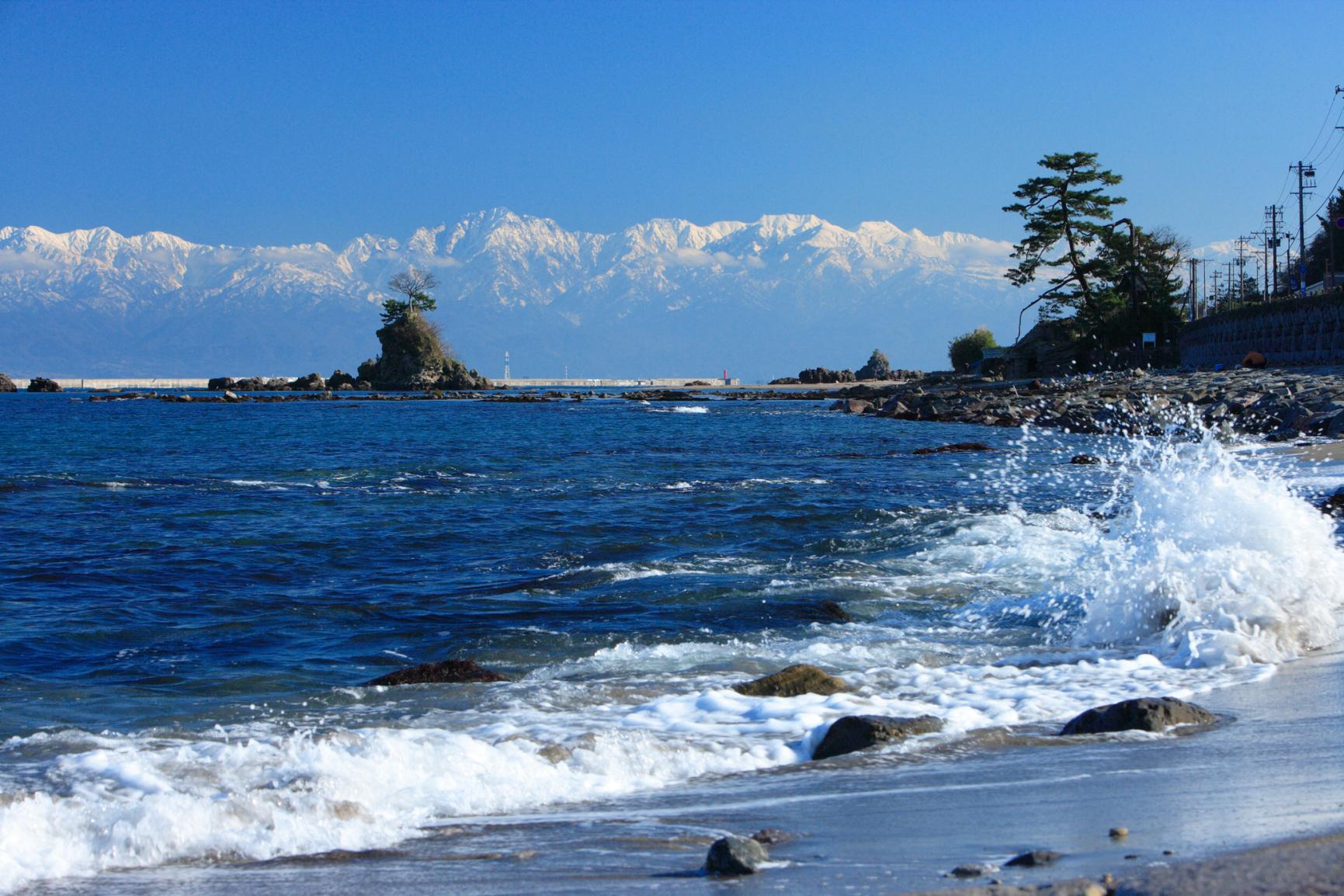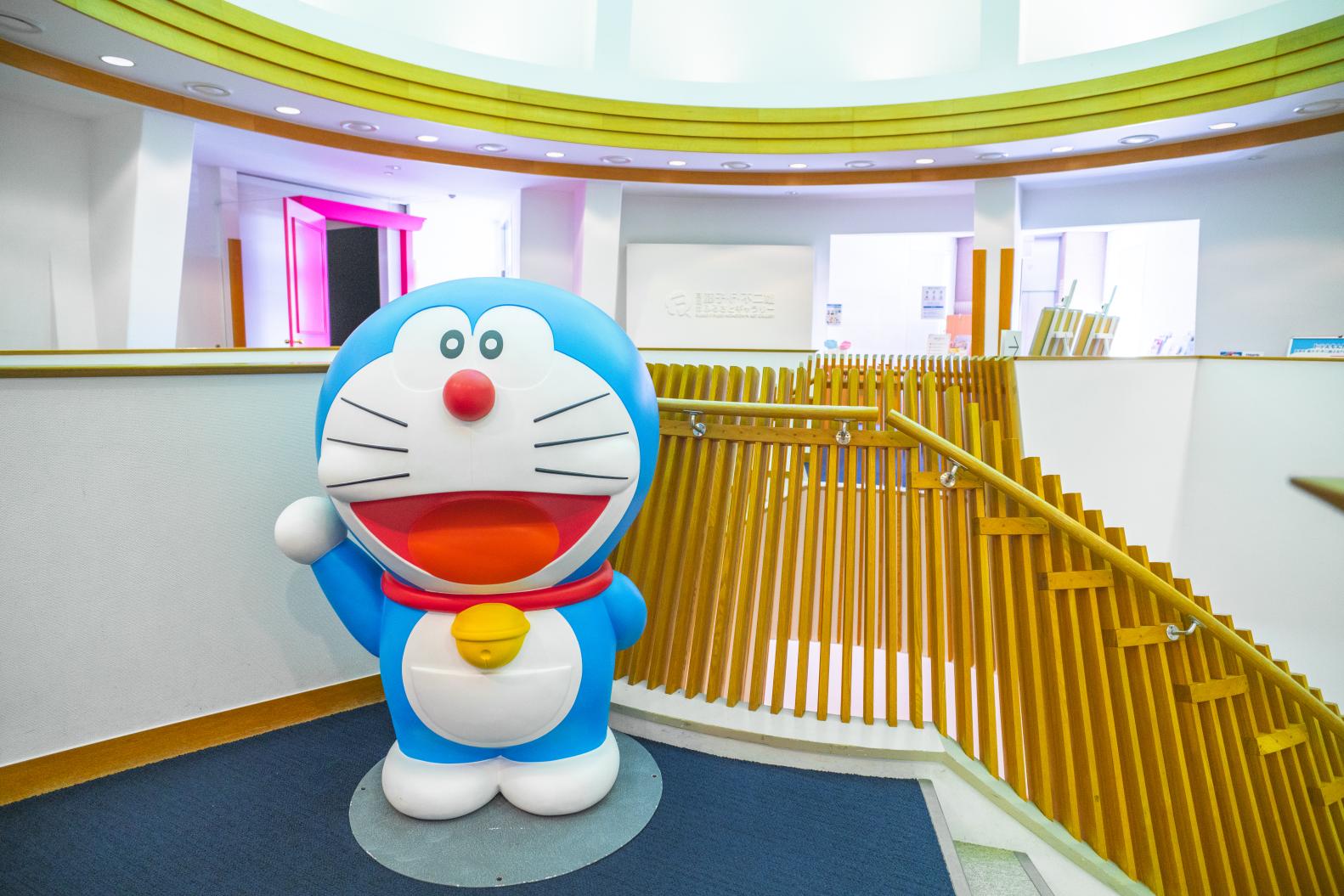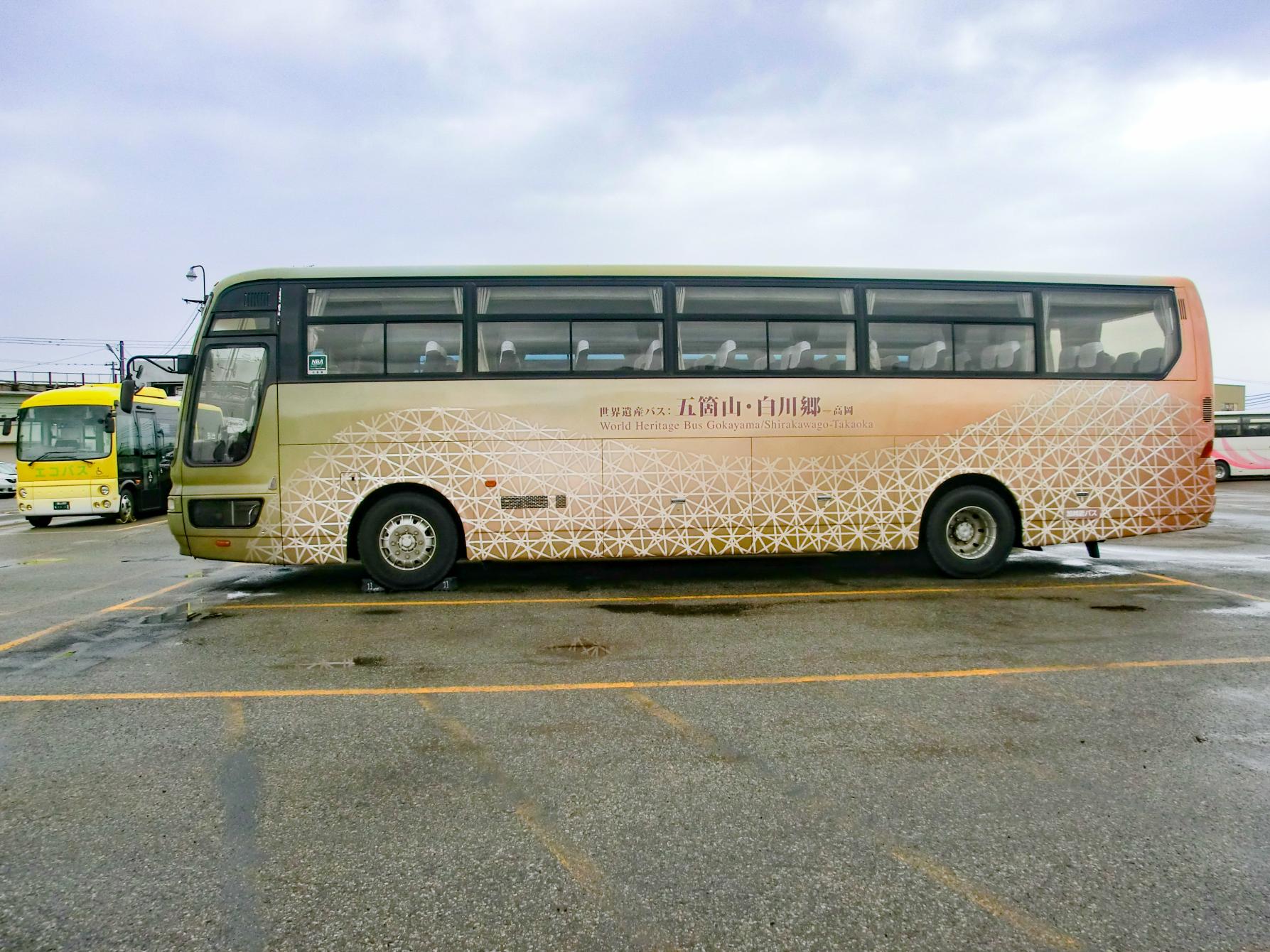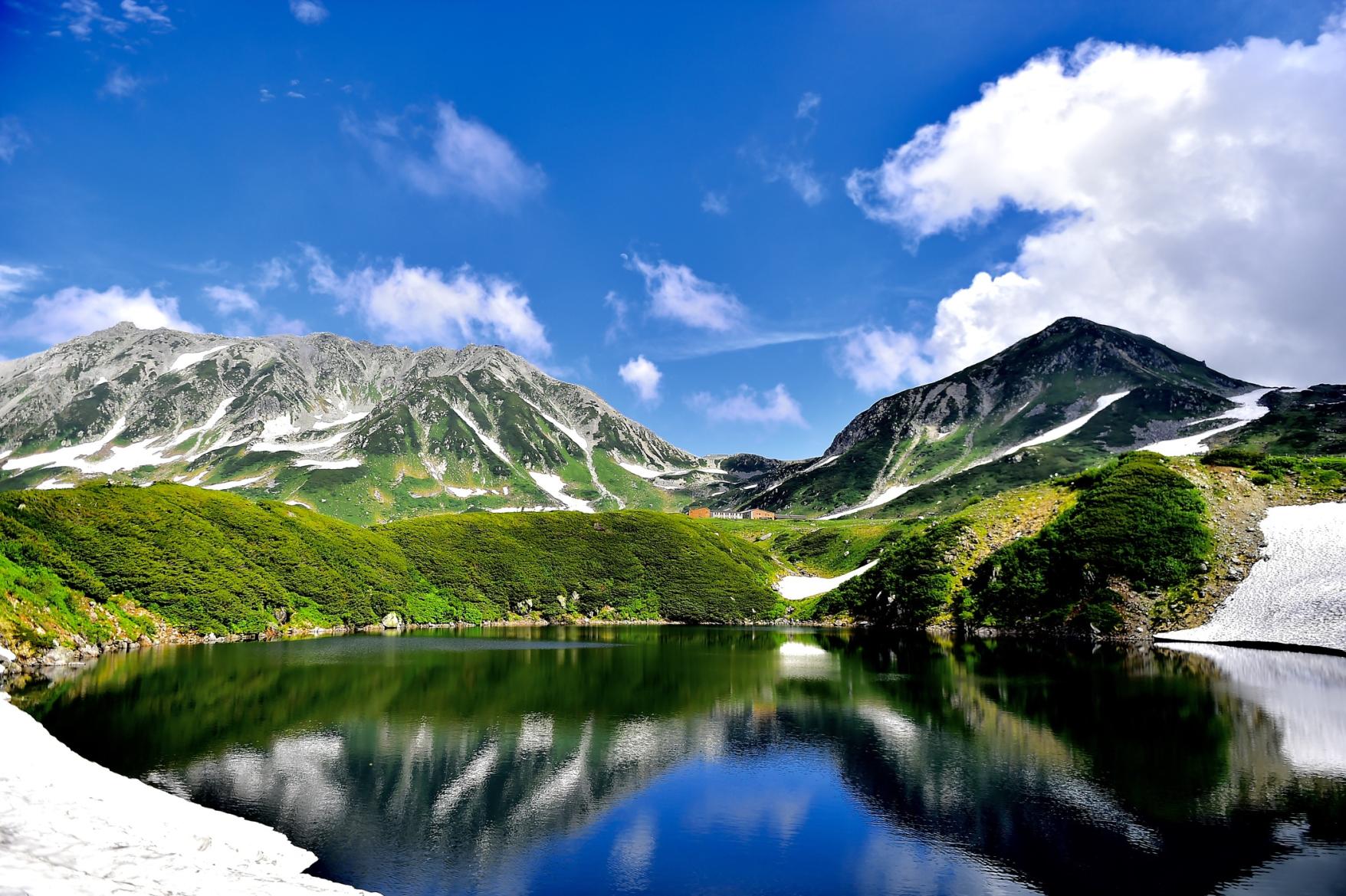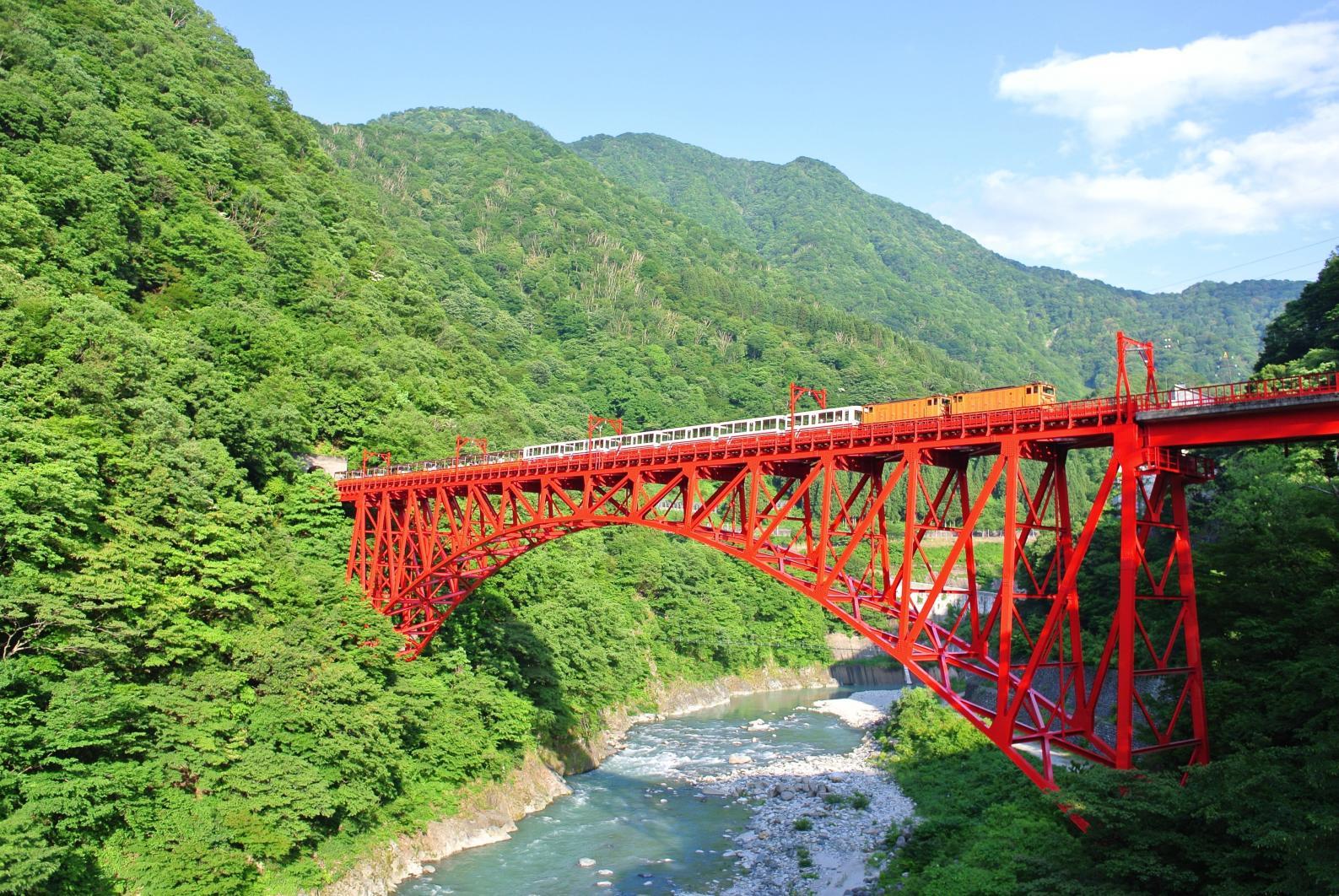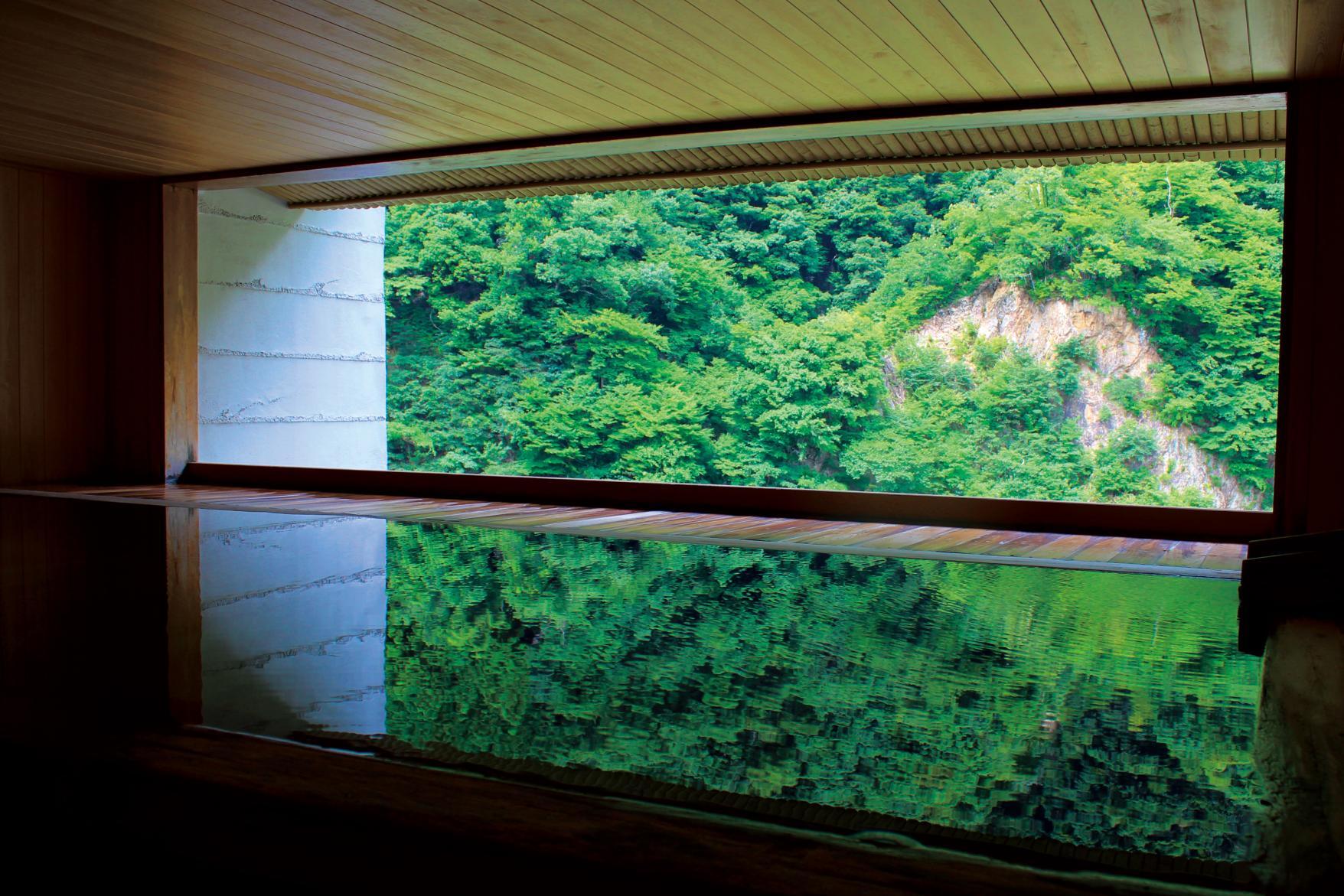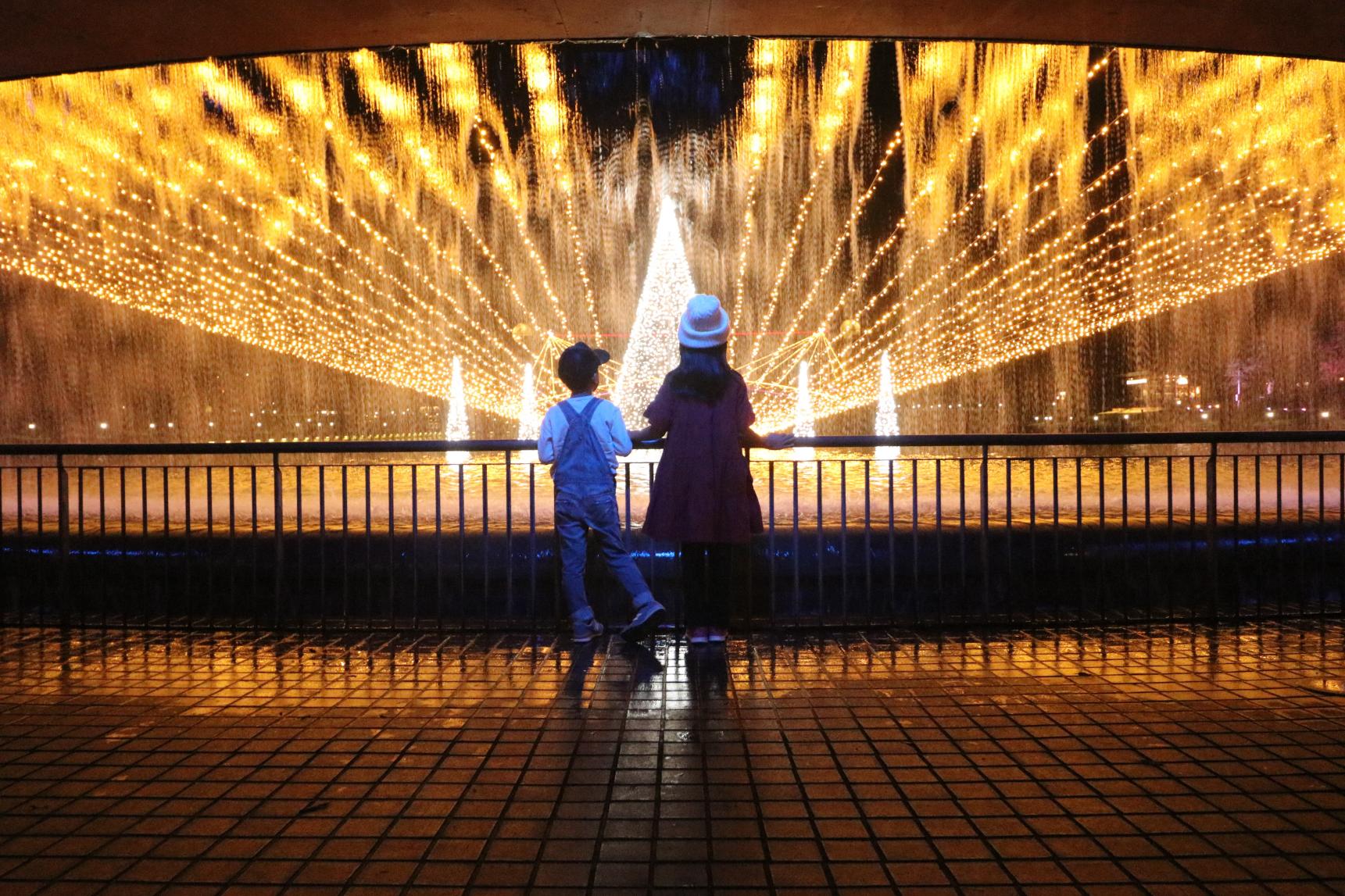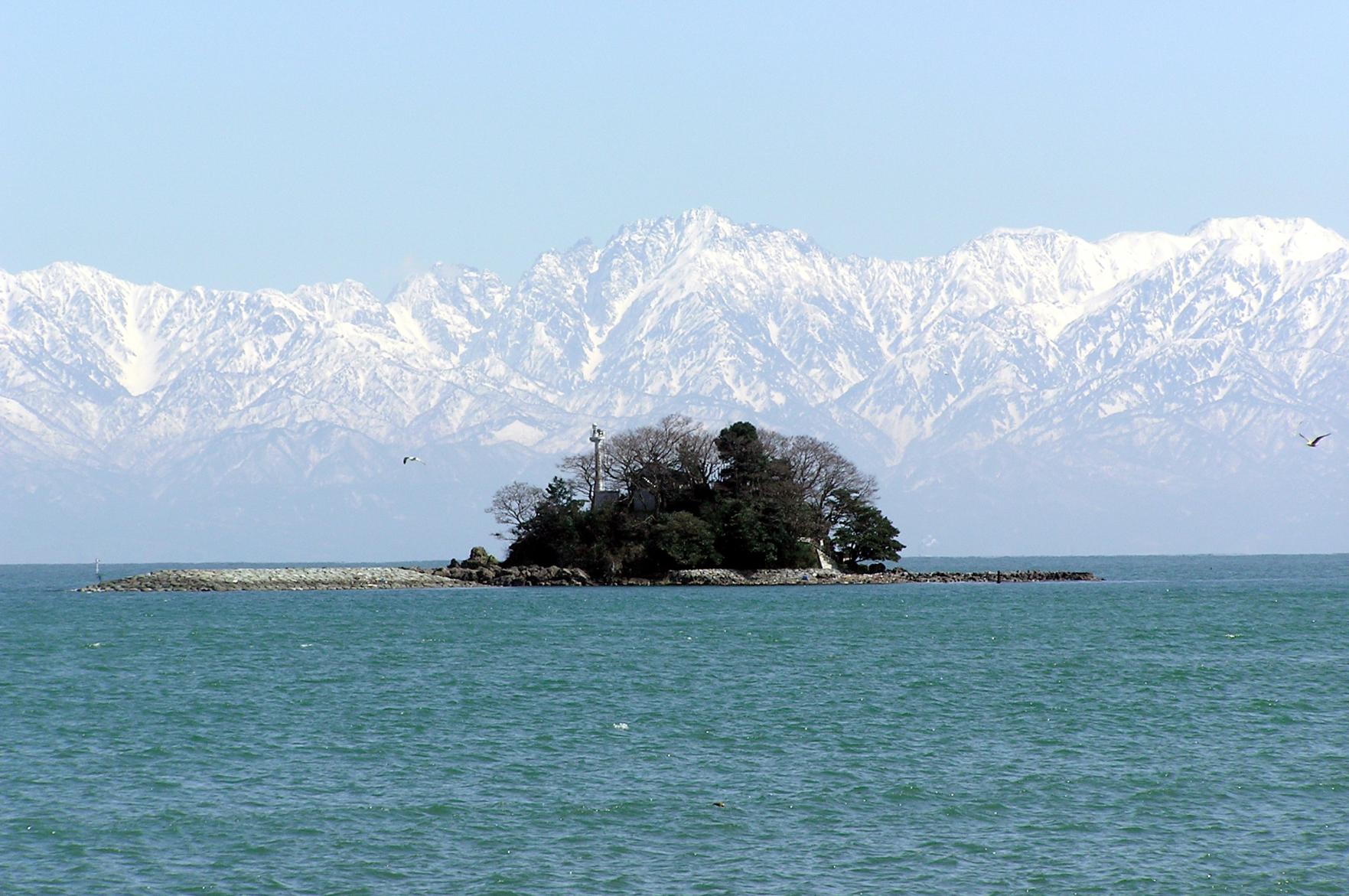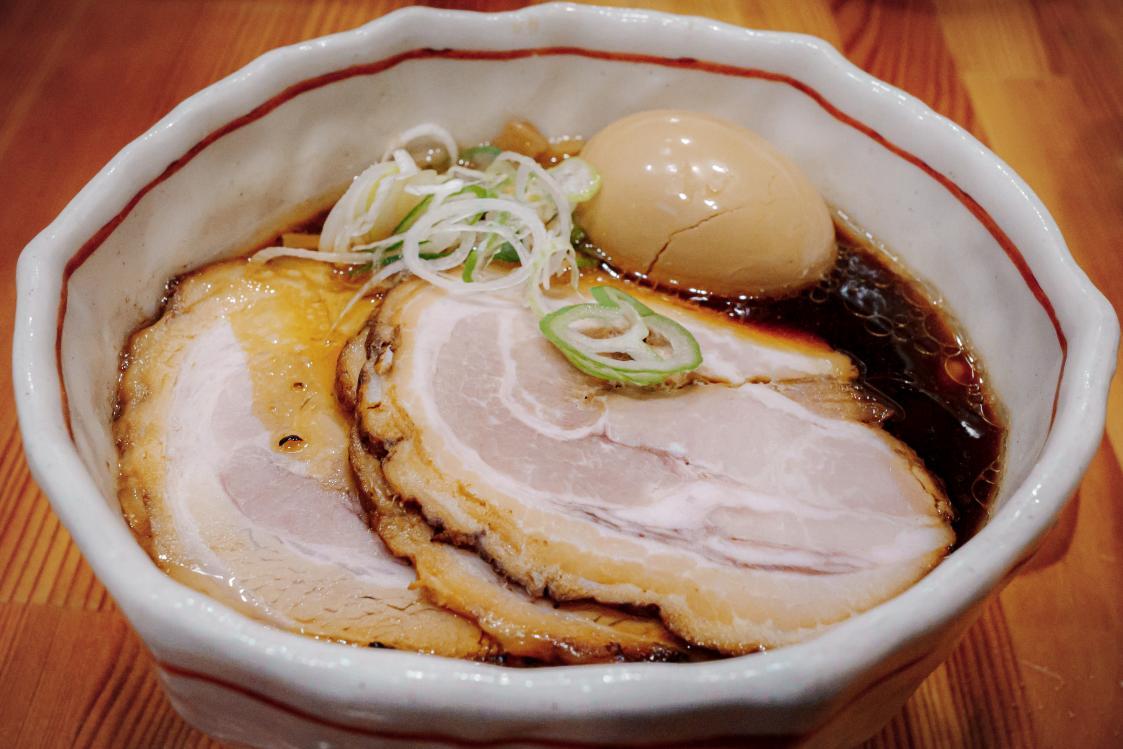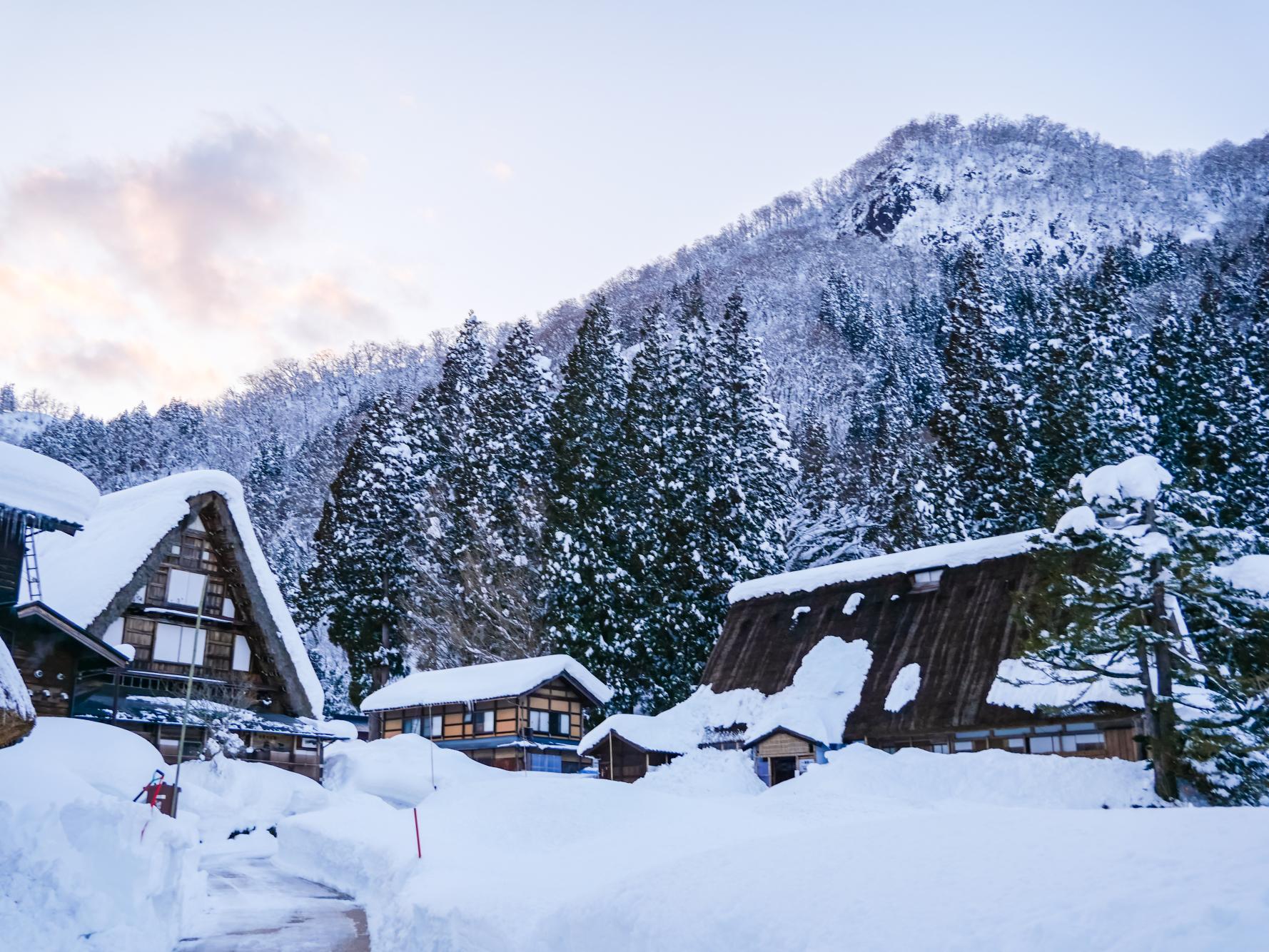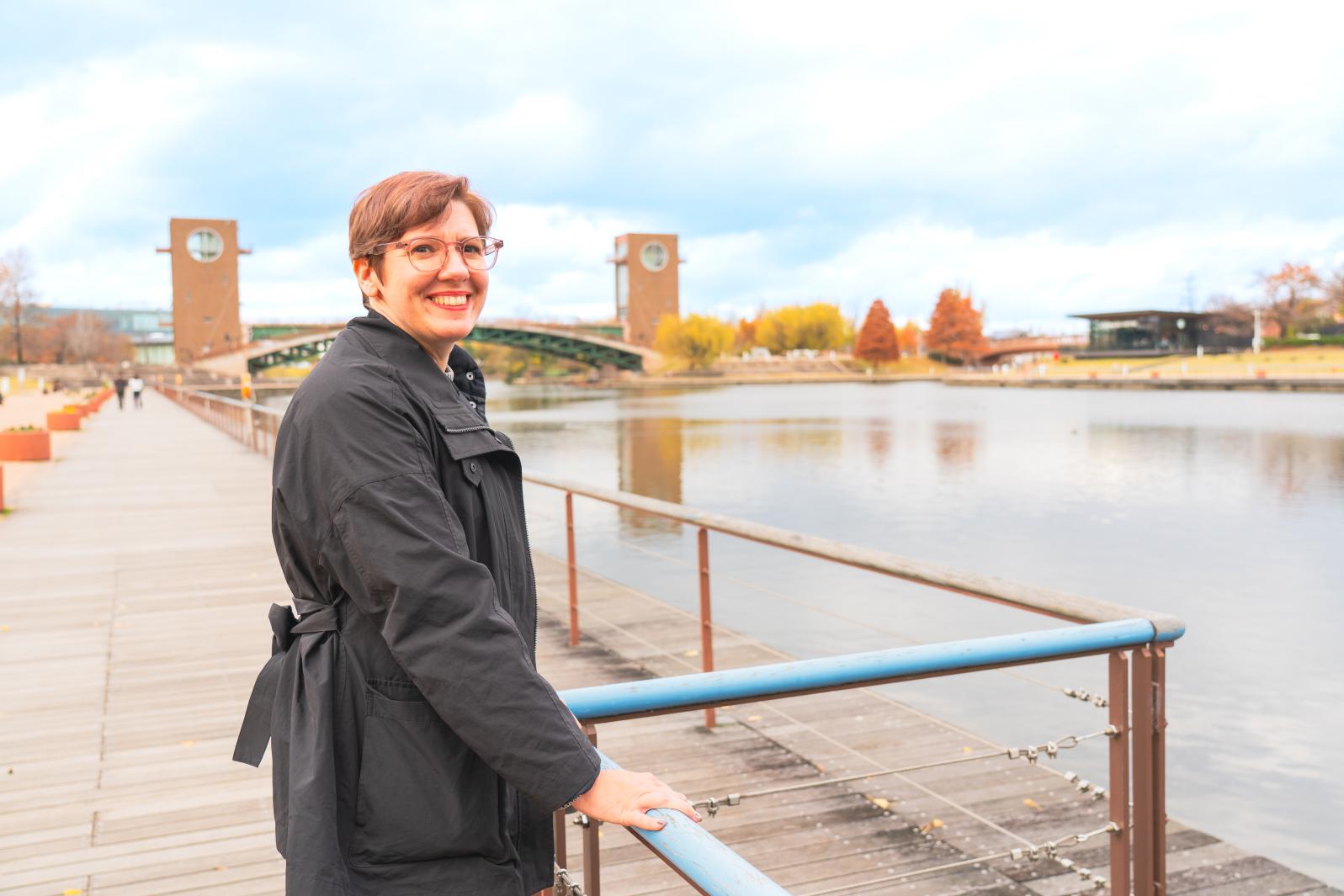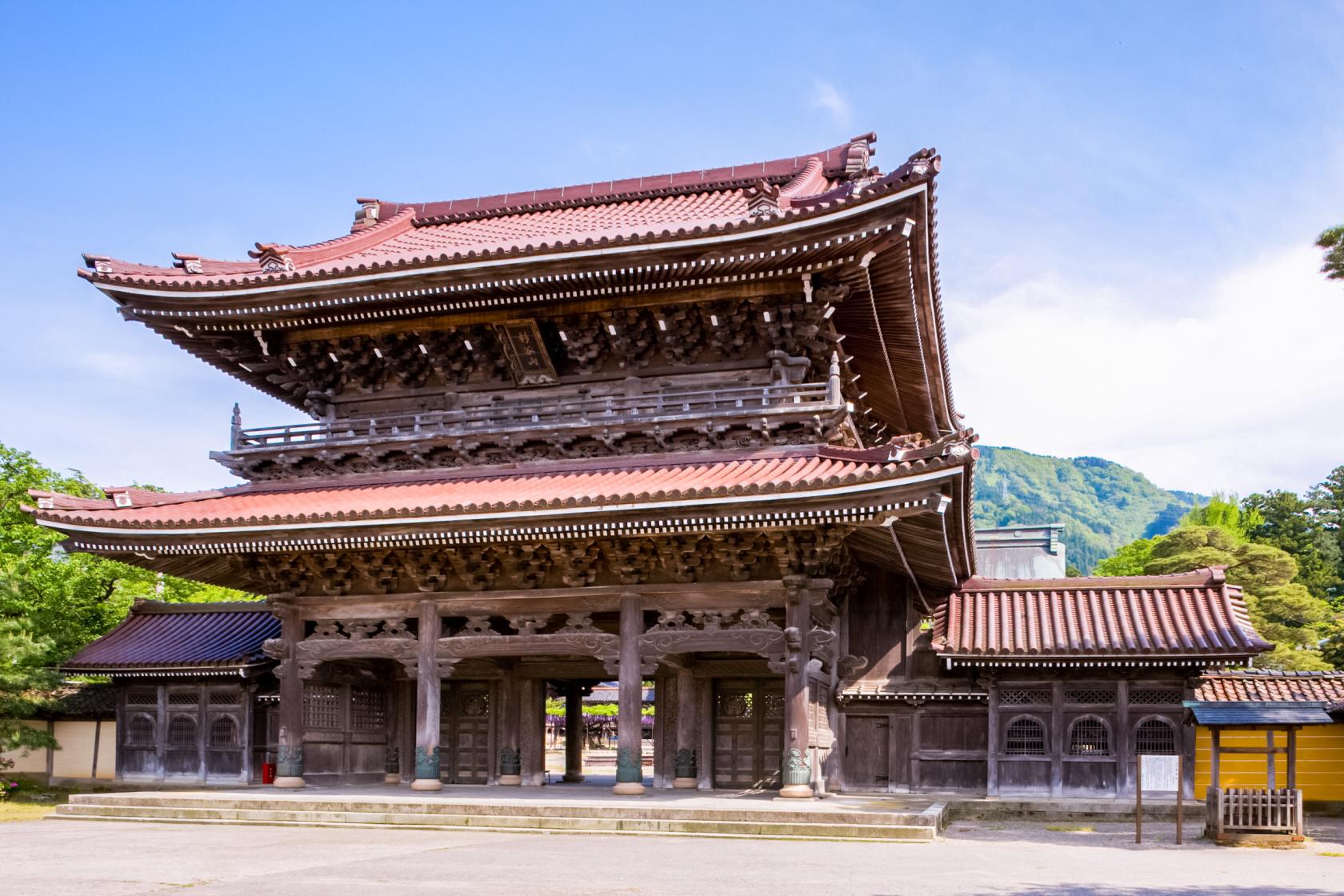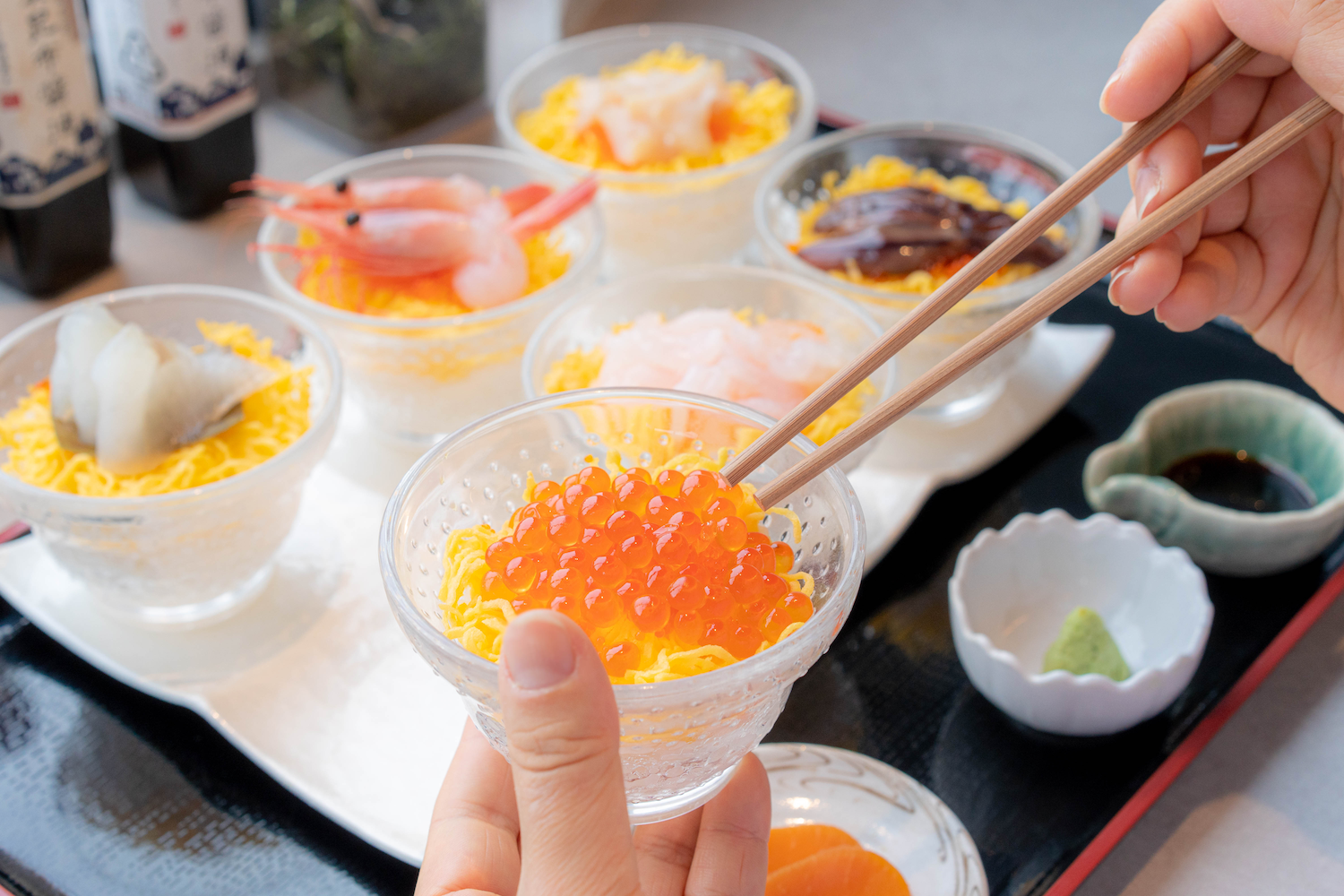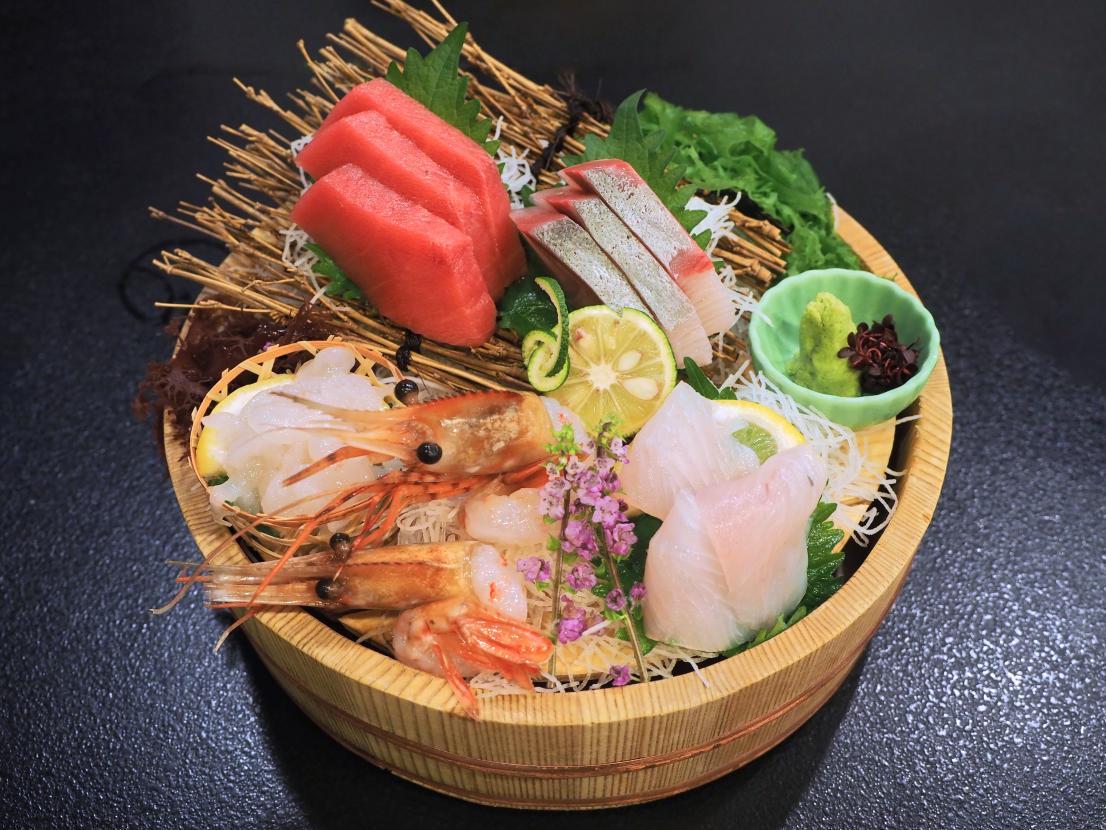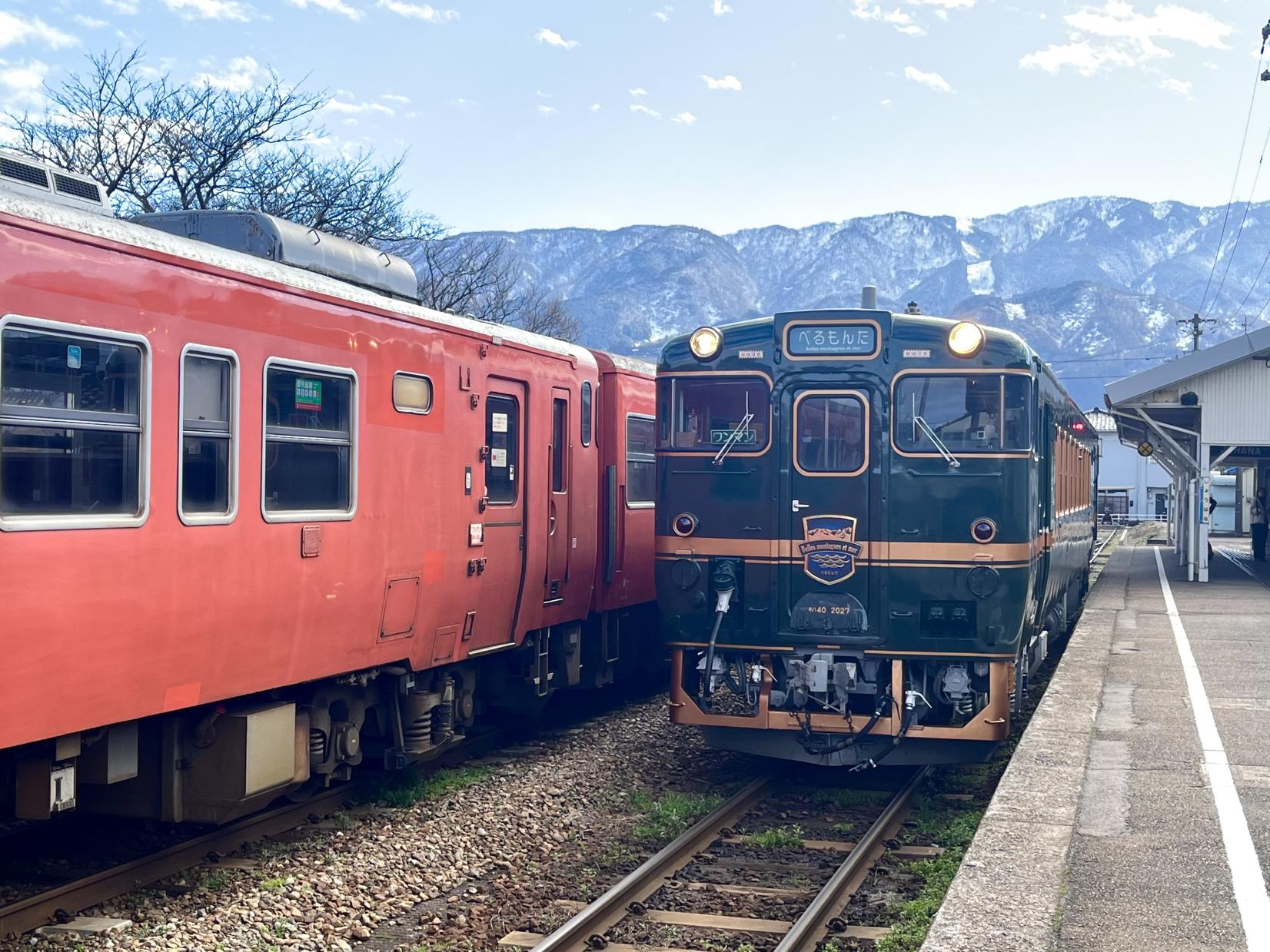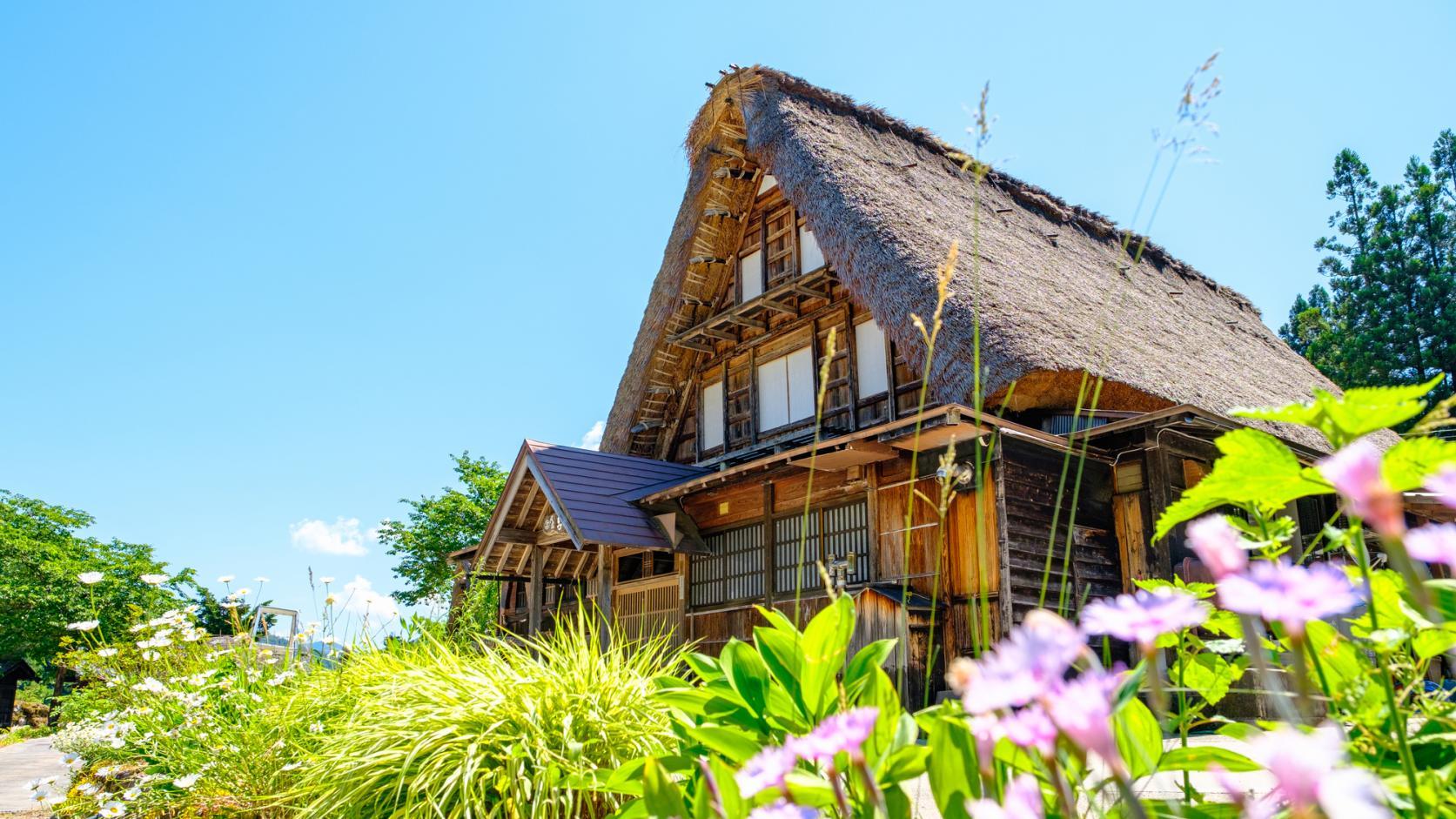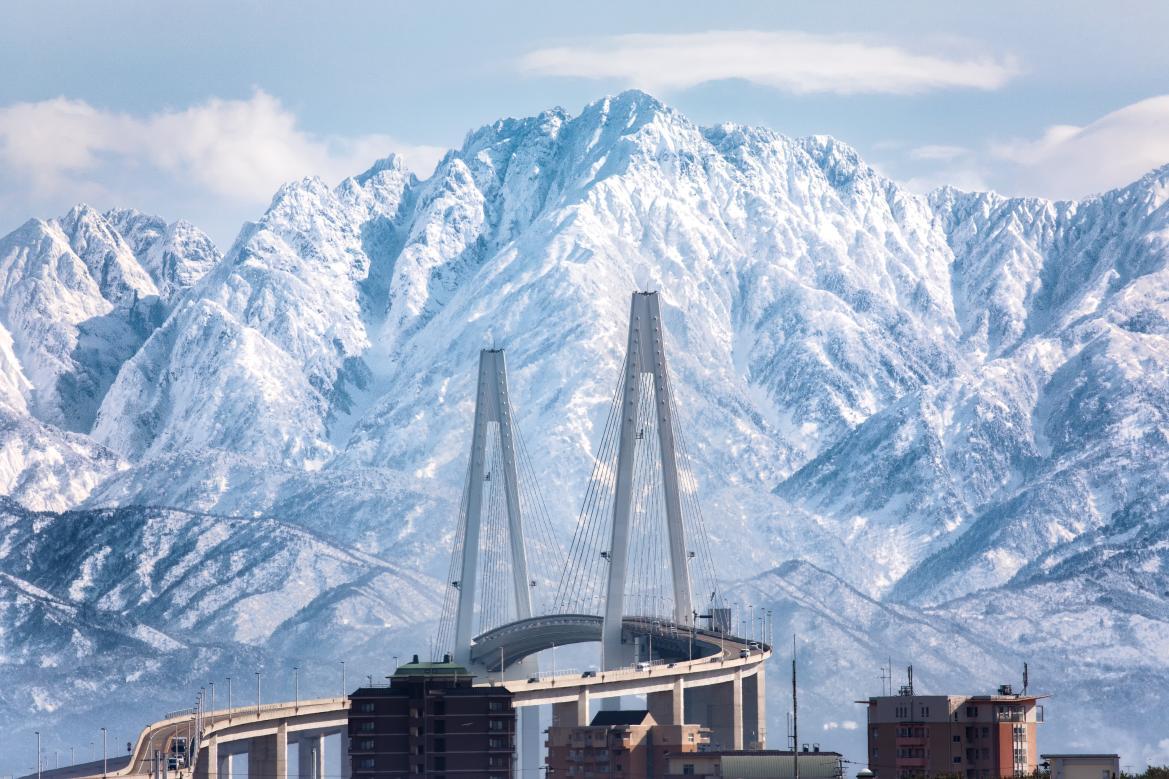Stylish Stays in Toyama
Accommodation in Toyama Prefecture ranges from traditional to highly contemporary. While taking advantage of Toyama City or Takaoka City as a convenient base from which to explore the prefecture and the wider Hokuriku region, you might choose to stay in a storied ryokan inn, or alternatively experience “glamping” in a futuristic dome with an ocean view.
There are many luxurious and stylish boutique hotels in Toyama Prefecture, which are compelling destinations in their own right. They range in scale from exclusive townhouses for individual groups, to expansive “Japanese Modern”-style hotels equipped with private hot-spring baths. Wellness and sustainability are a particular focus of this new wave of Toyama accommodation, with venues offering spa treatments and gourmet-level “farm-to-table” dining.
Bed and Craft TATEGU-YA
Stay in a stylishly renovated former carpenter’s residence imbued with the artisanal spirit of surrounding Inami, a district in Nanto City with a long tradition of carving and woodworking. TATEGU-YA is a five-bedroom property that sleeps up to nine people, and is only available to a single group of guests at a time.
This two-story traditional wooden building has been given an interior redesign that draws upon Inami’s storied past, while featuring inspired architectural touches: an alcove, for example, displays artwork made up of traditional woodworking tools. Works by Nanto-based wood carver Komei Tanaka are displayed around TATEGU-YA’s warm-hued interior, and on the first floor an open-plan space looks out onto a Japanese garden.
Bed and Craft also operates five other private-rental accommodations in the town of Inami, each with its own compelling, craft-related concept.
Rakudo An
Rakudo An is an “art hotel” in a renovated azumadachi (traditional farmer’s residence) that dates back over 120 years and is surrounded by rice paddies. This rural retreat is conveniently located a little under 45 minutes from Takaoka Station by train.
The hotel focuses upon guests’ relaxation and revitalization via a muted and contemplative form of luxury. Each of the three guest rooms is named for the material upon which its interior design is themed: the “Paper” room, for example, has walls and ceilings covered in traditional washi paper. These rooms, as well as communal areas, feature an eclectic selection of artwork and furniture both Japanese and Western, traditional and contemporary.
Rakudo An strives to have a positive impact upon its environment: it contributes to both the preservation of the historic local village, and activities to produce biomass power using pruned branches from local woodland.
The Hive
The Hive is a luxurious “sauna hotel” that warmly encloses its guests in natural surroundings. This compact private retreat, which also features a semi-open-air infinity bath with a view of the Tateyama Mountain Range, is boldly contemporary in design yet in harmony with its environment.
The hexagonal structure from which The Hive gets its name is functional as well as striking: being partly subterranean, and covered with earth and foliage, helps ensure that the building is cool in summer and warm in winter. Inside, two private Finnish-style saunas—one for group use; the other for solo enjoyment—feature “widescreen”-style windows with panoramic views.
This exclusive wellness destination features three guest rooms, in total accommodating between two to six guests, and is offered to a single group at a time.
River Retreat Garaku
This high-end hotel combines traditional hot spring bathing with architecture and interior design that is a modern update of tea house aesthetics. A collection of contemporary Japanese art is displayed across interior common spaces, as well as outdoors along Garaku’s “Art Walk,” a promenade that runs by the picturesque Jinzu River.
This harmonious combination of traditional and modern can also be seen in the hotel’s two tea rooms: one a traditional space where tea ceremony can be experienced and the other a contemporary interpretation with a more casual atmosphere. Garaku has two restaurants: Tresonnier serves original modern cuisine, while at Rakumi you can enjoy “modern Japanese” cooking in private dining rooms. The Yakutotoryu spa utilizes locally sourced essential oils, and several suites are also equipped with their own wellness facilities. Guests can pick up stylish, locally made items at the hotel’s shop.
Imigre Glamping Suite
Experience “glamping”—a more stylish form of camping—in a futuristic dome-style tent with a view of Toyama Bay and the Tateyama Mountain Range. Imigre, a luxurious hotel in Himi City, offers this singular experience on its spacious grounds.
Imigre’s glamping domes are available in two varieties, each with its own distinct style. “Modern” domes feature contemporary interior design with monochromatic tones, and “Natural” domes are filled with woods and warmer, nature-derived hues. Whichever you choose, each is equipped to make this twenty-first-century camping experience a comfortable one. Besides beds, a sofa, toilet, and air conditioning/heating, the domes have barbecue facilities—including canopy-covered table and chairs—set up on their wooden decking. Ingredients for your sea-view barbecue, such as the acclaimed Himi beef, are provided by the hotel.
L'evo
L’evo is an exclusive, gourmand-focused hotel situated amid mountains and unspoiled countryside in Toga, southwestern Toyama Prefecture. Its Michelin-starred restaurant serves highly original dishes that make use of vegetables and herbs from L’evo’s own farm, located adjacent to the restaurant. The soil used here has been formulated from the perspective of a chef rather than that of a farmer, something that L’evo cites as an element of its avant-garde regional cuisine. Wild game, such as deer and boar meat, is sourced directly from local hunters. This reservation-only restaurant is also open to non-hotel guests.
L’evo’s luxurious accommodation consists of three cottage-style buildings, each with one bedroom. They give L’evo the feel of an upscale valley settlement, and each features contemporary interior design that incorporates storied, antique furniture and fixtures.



